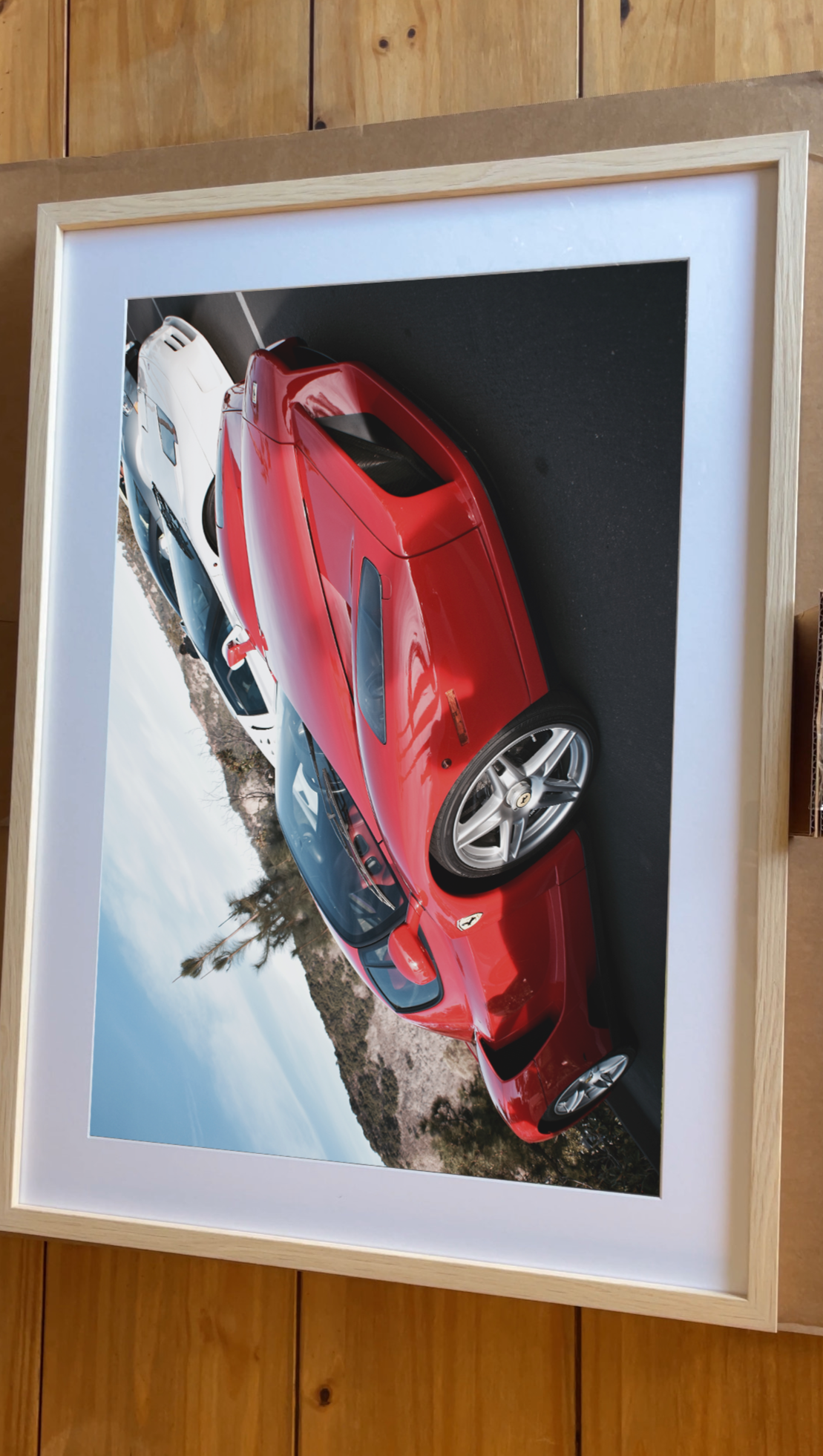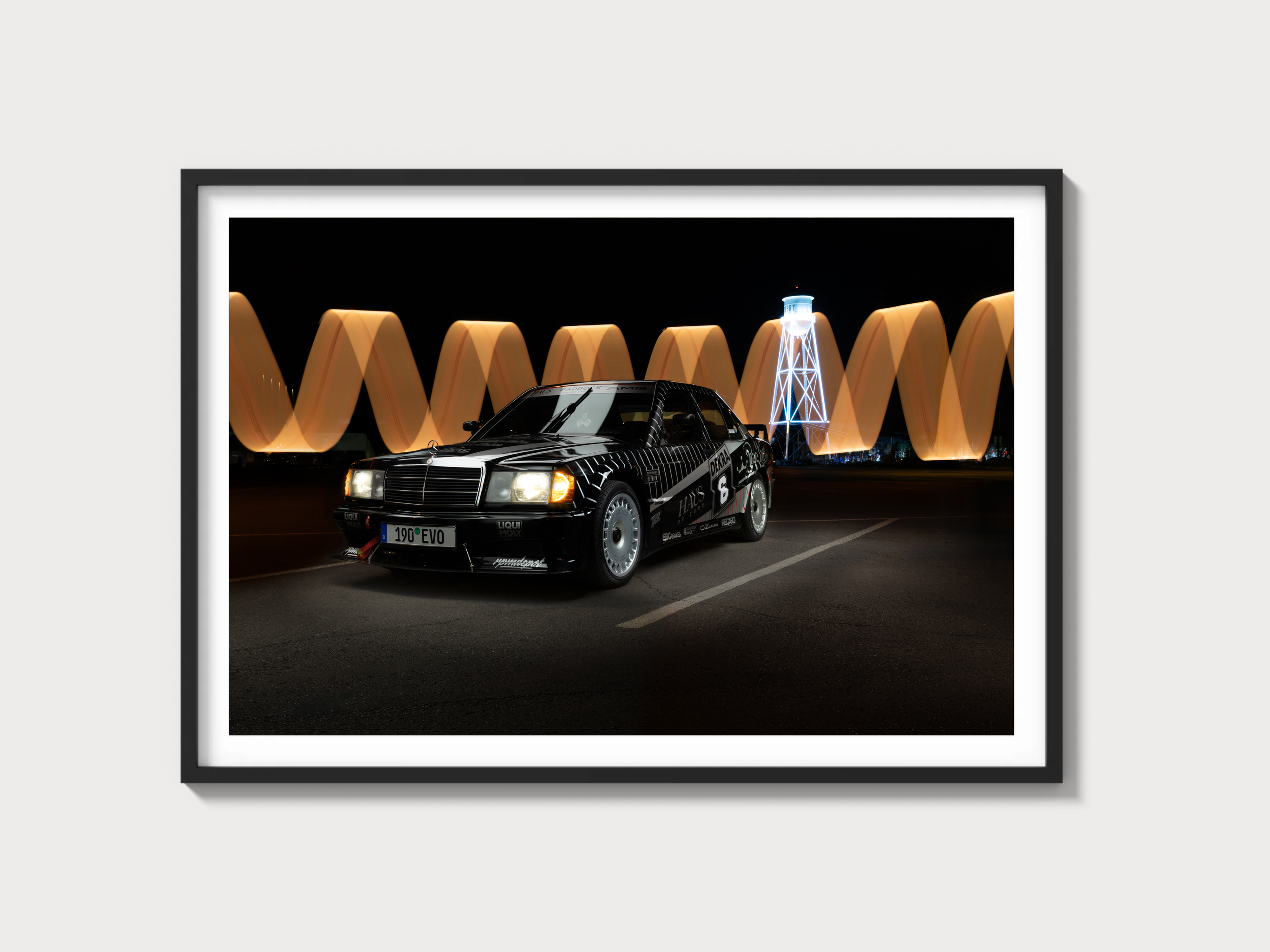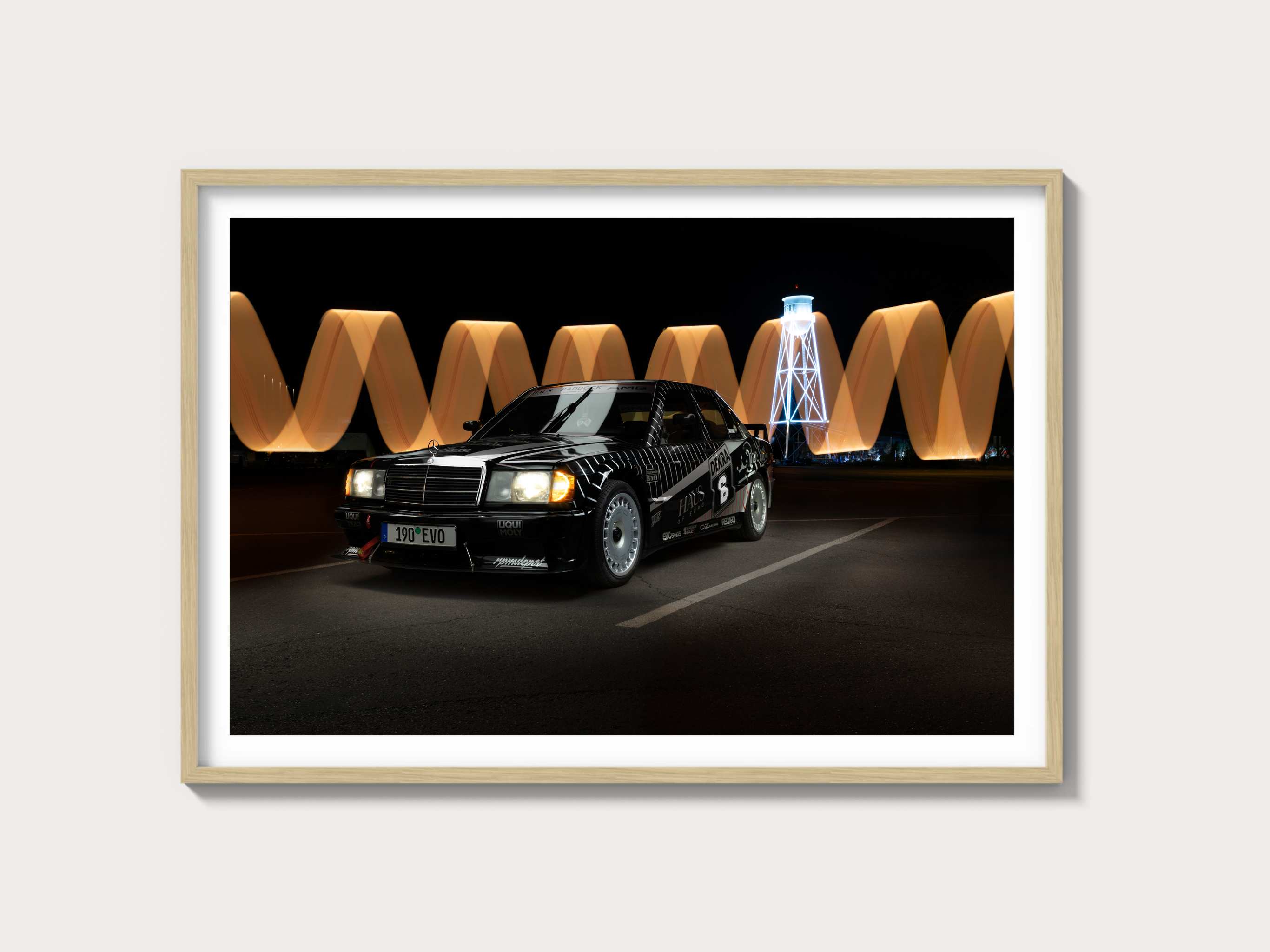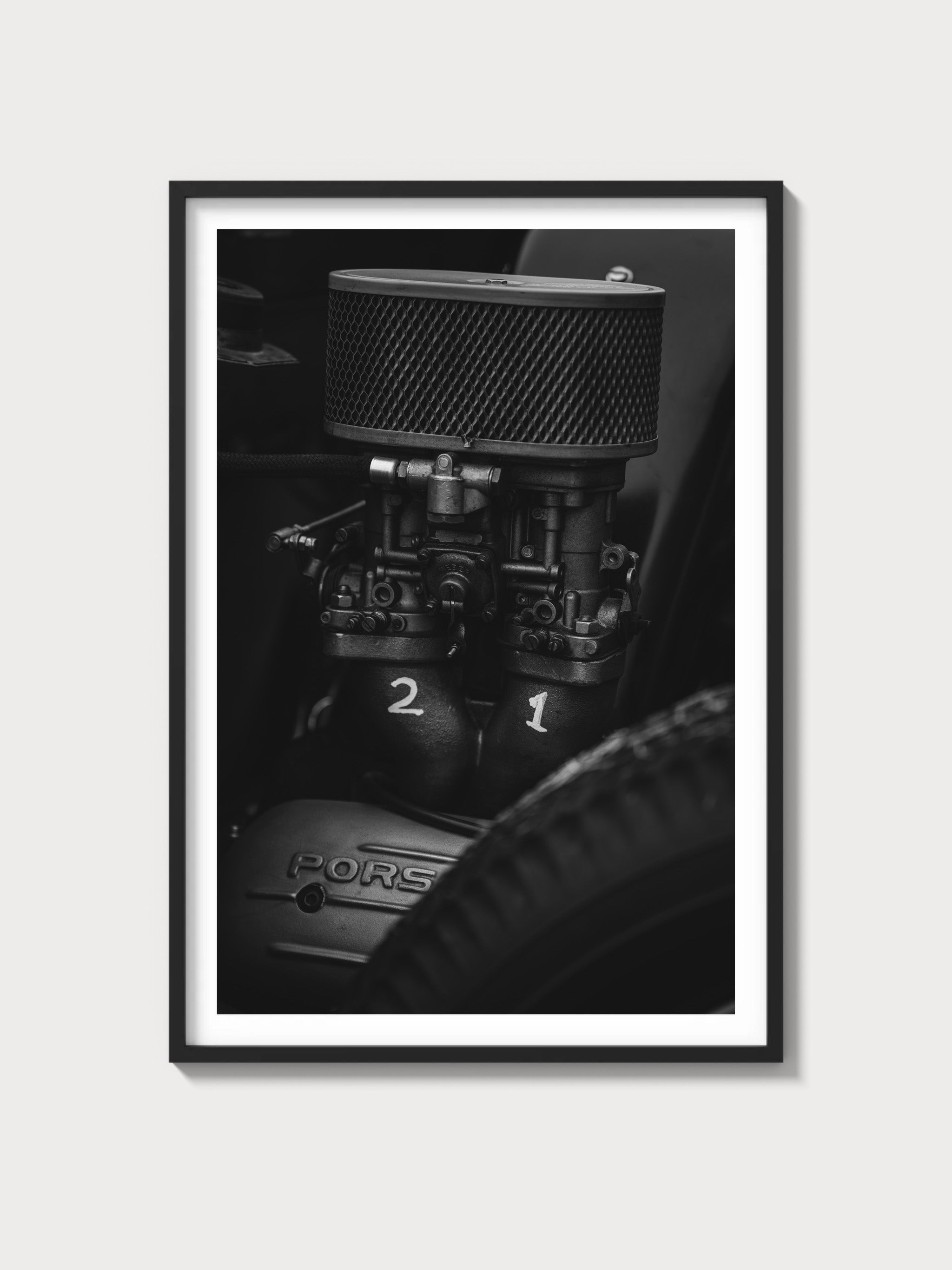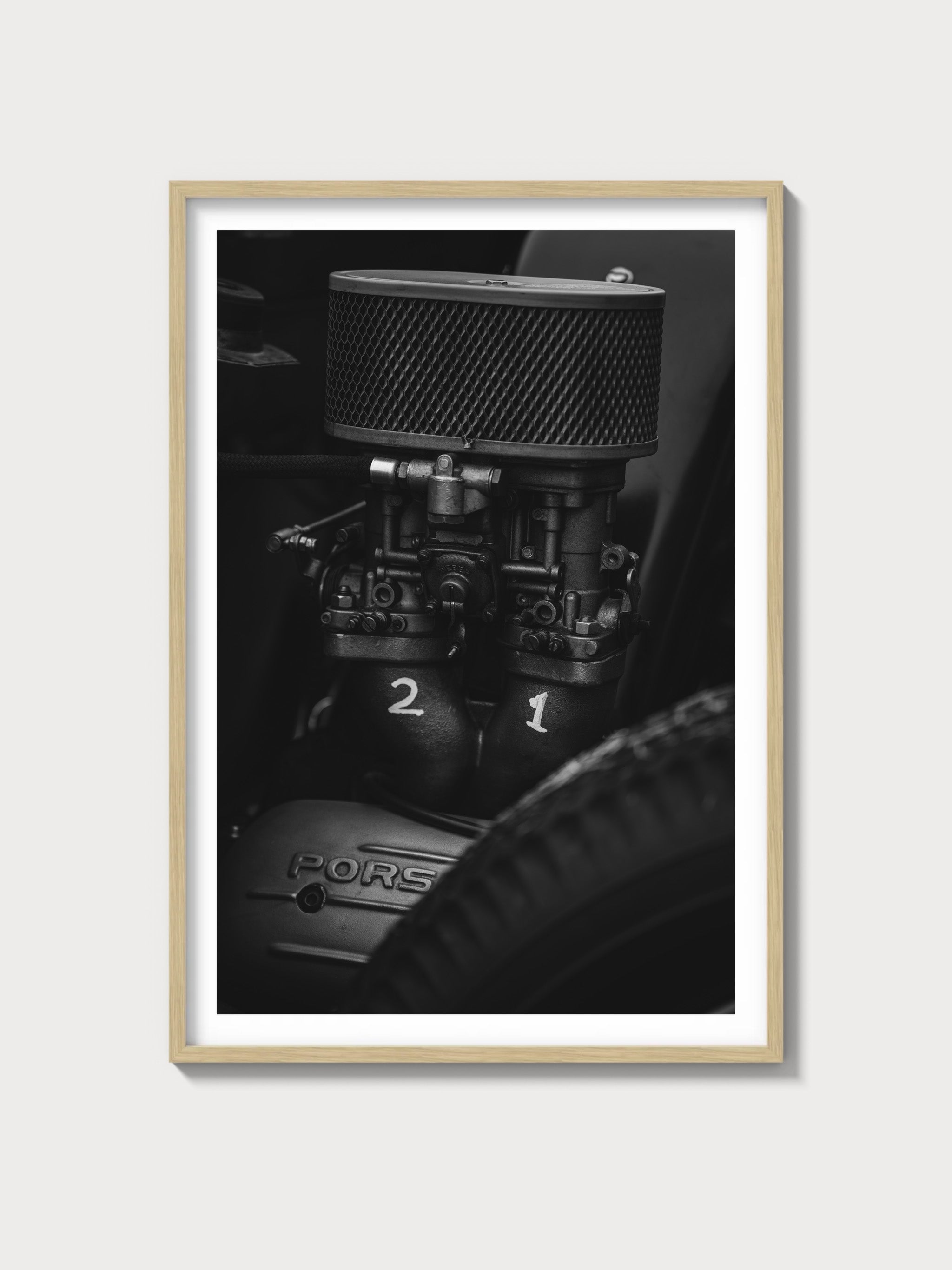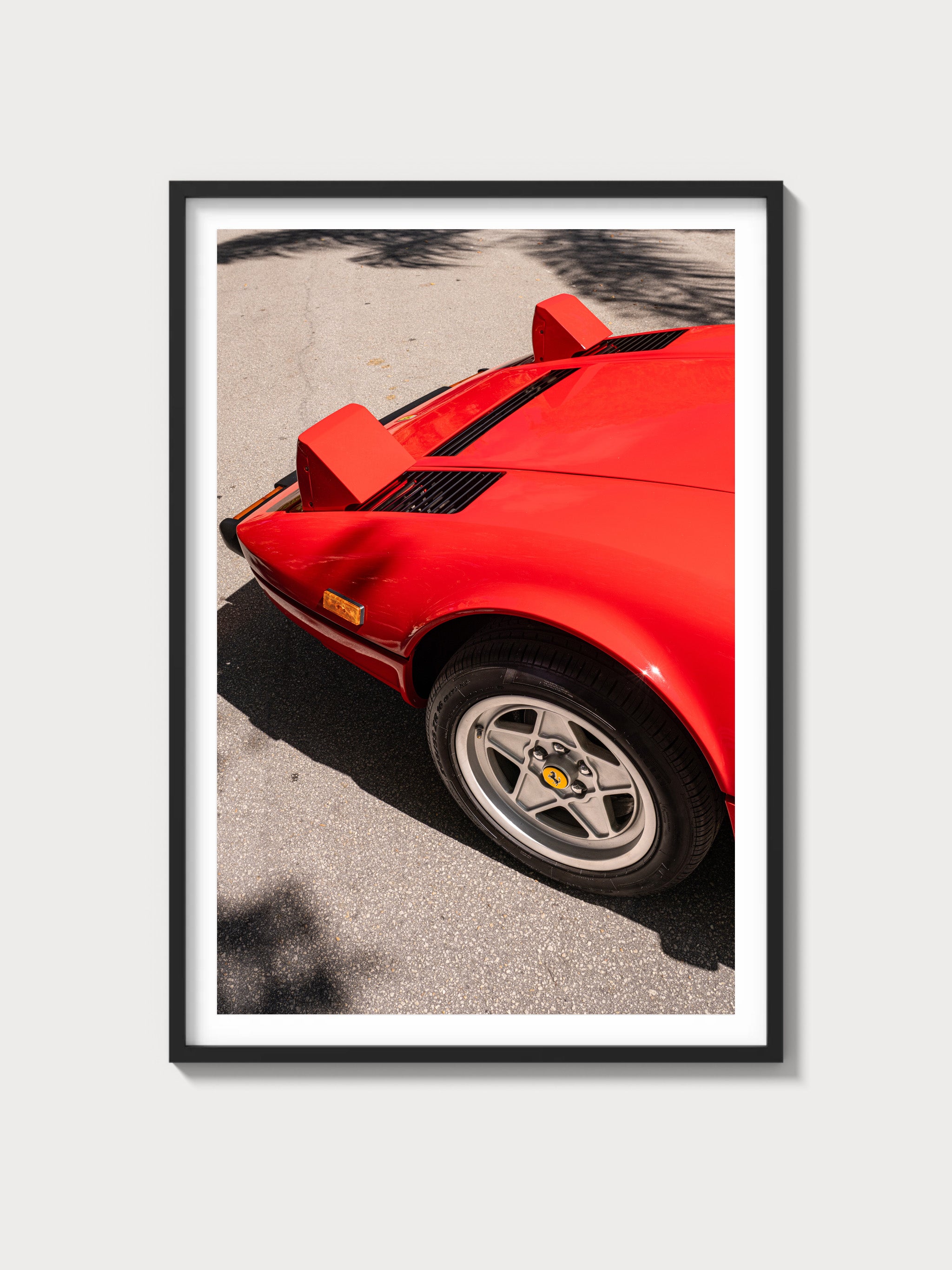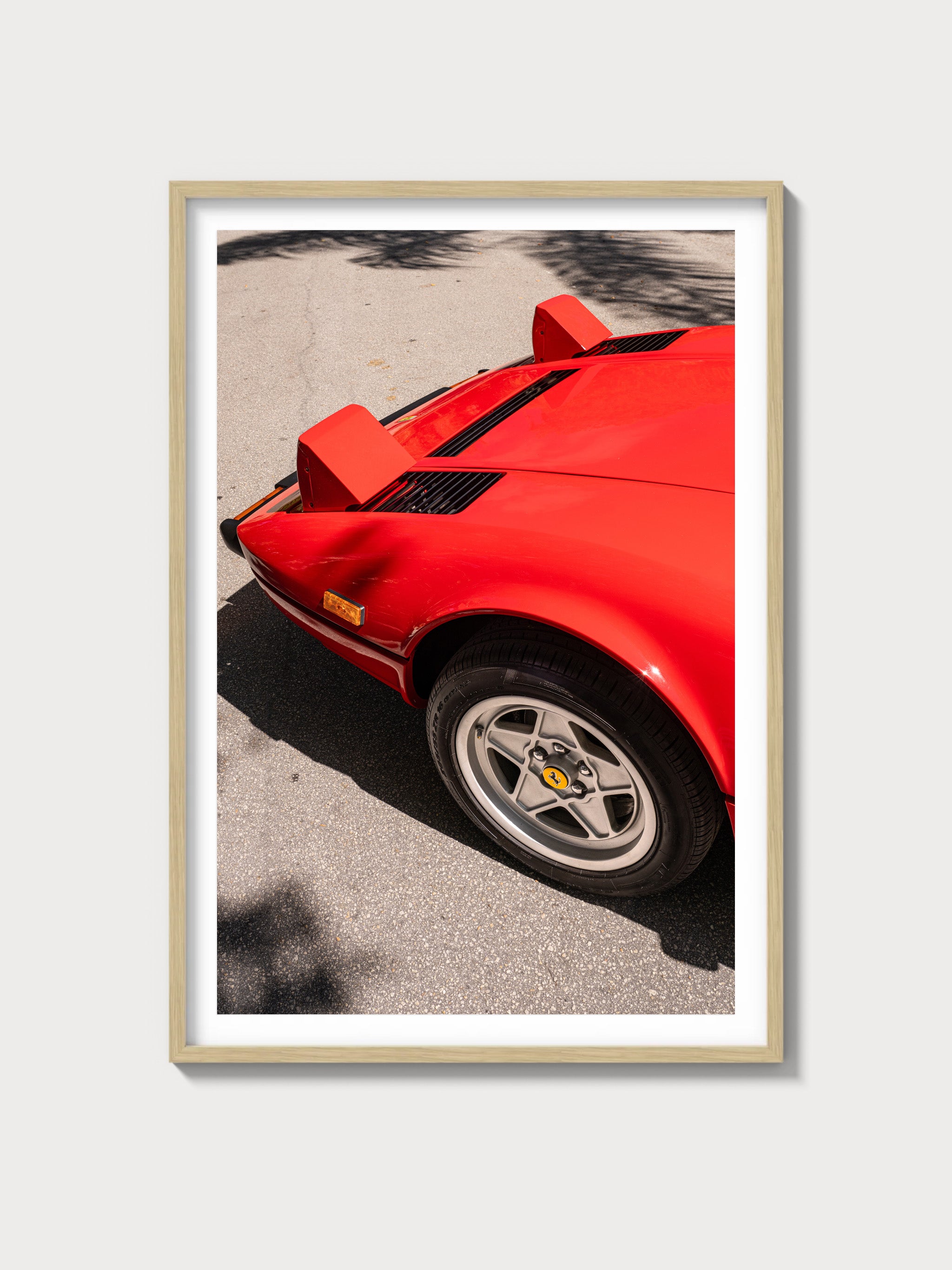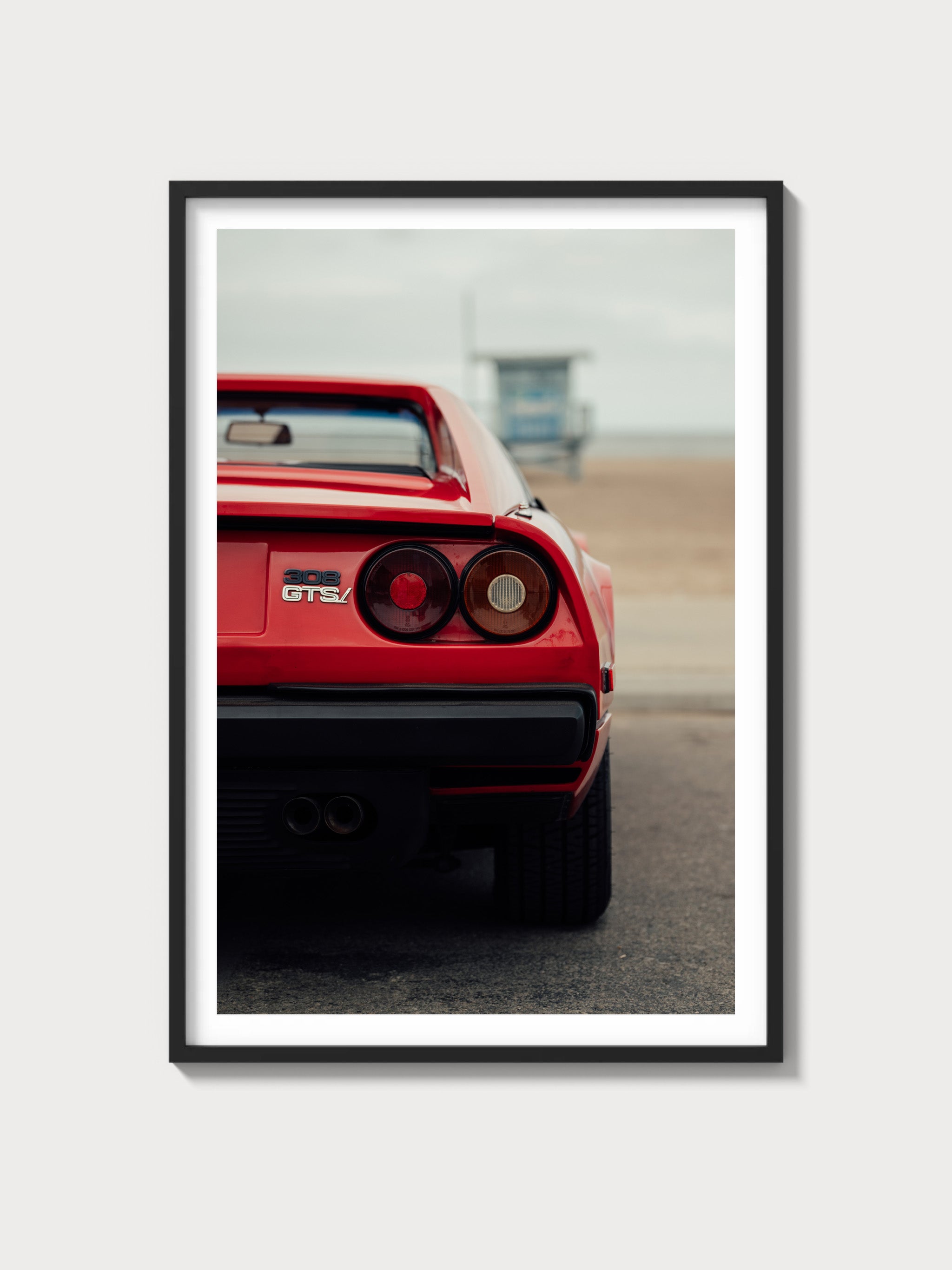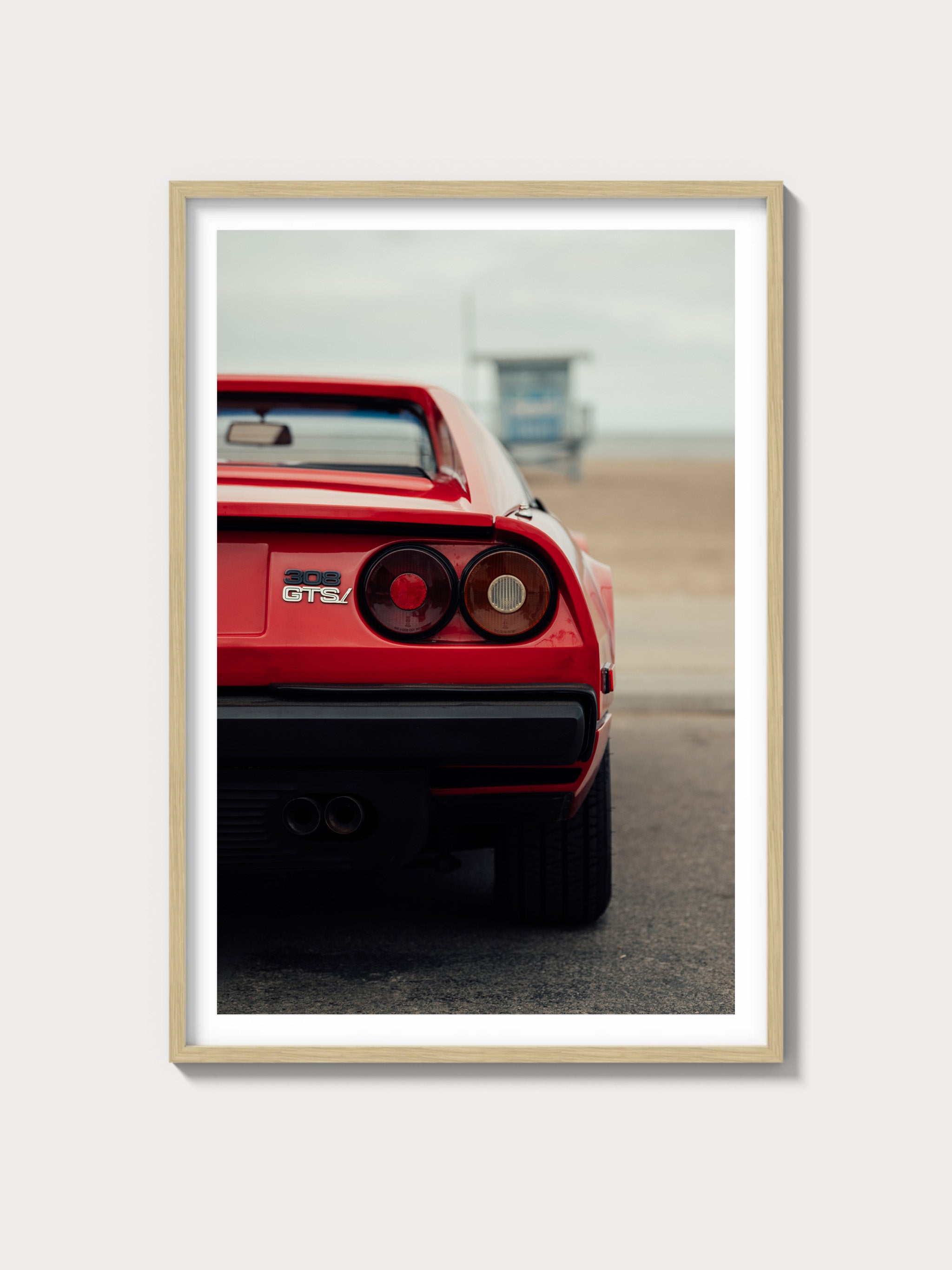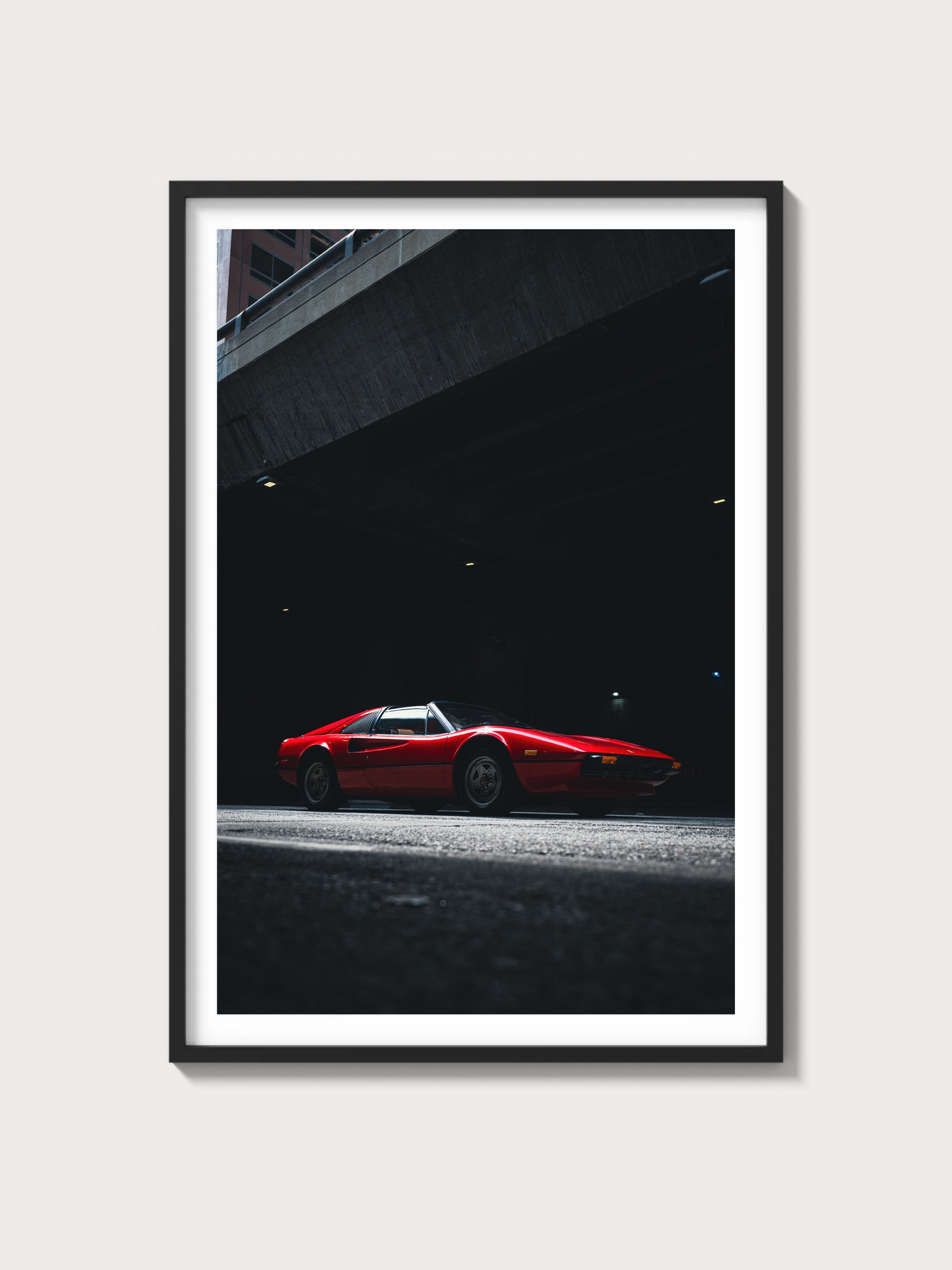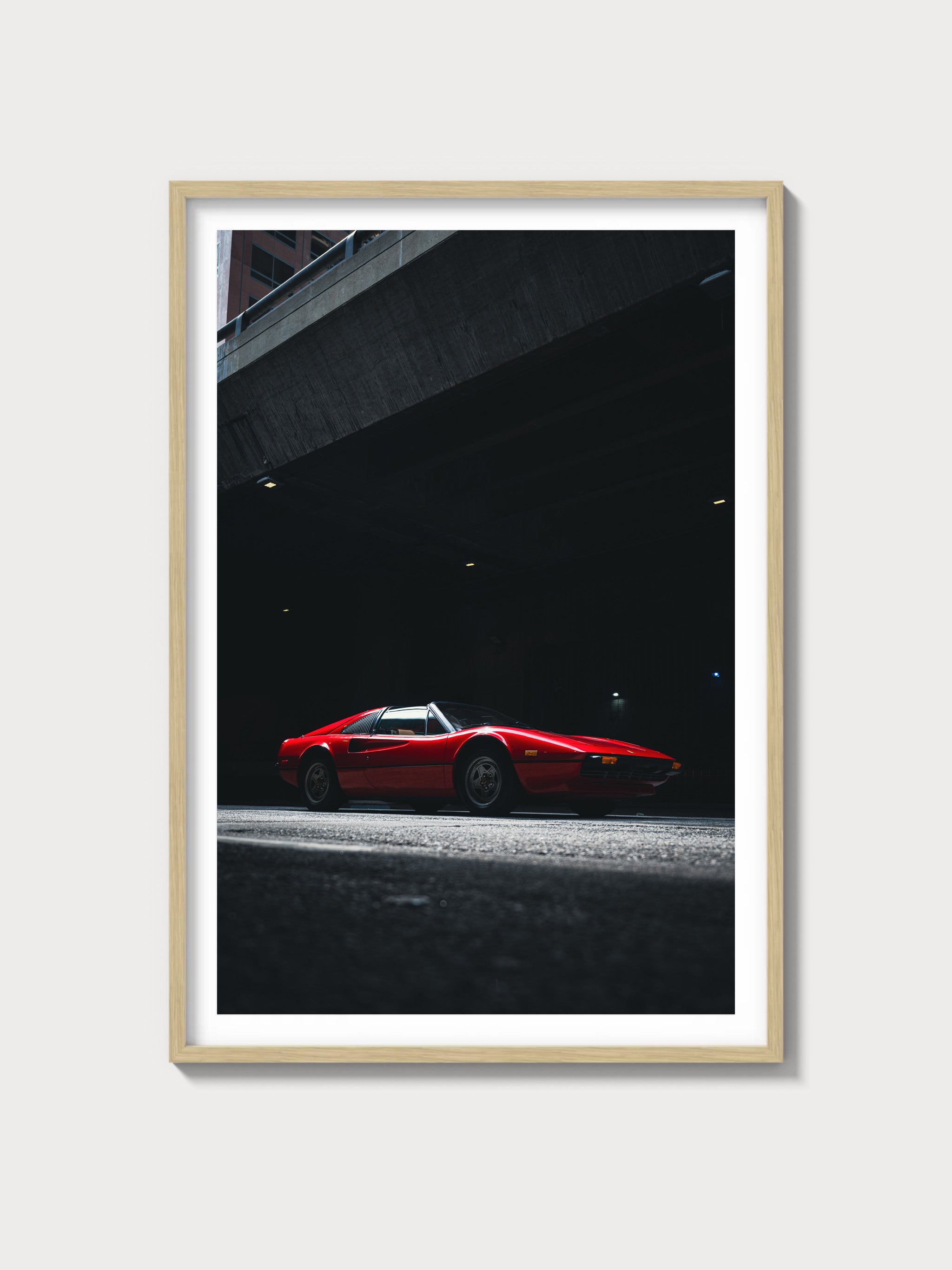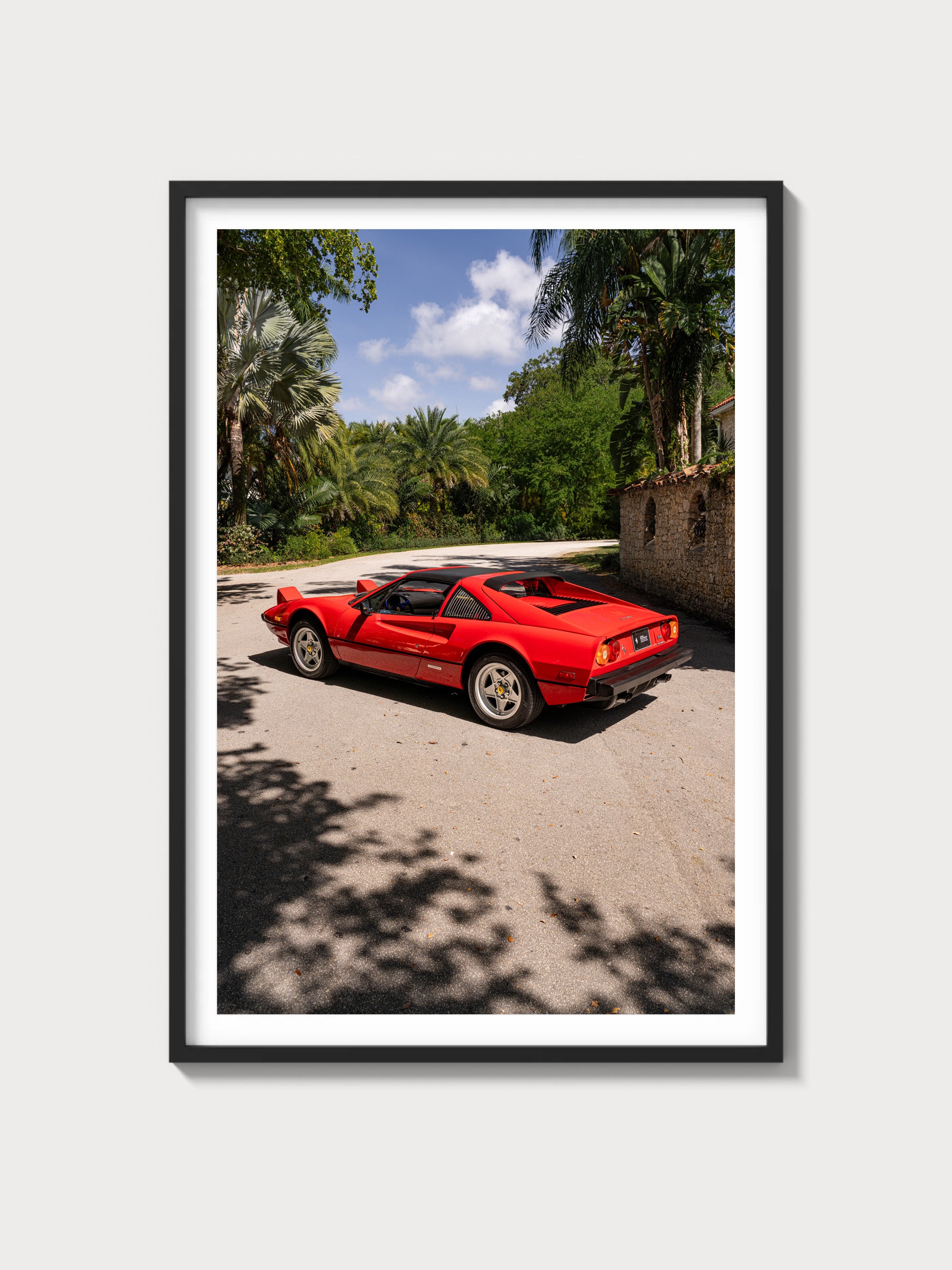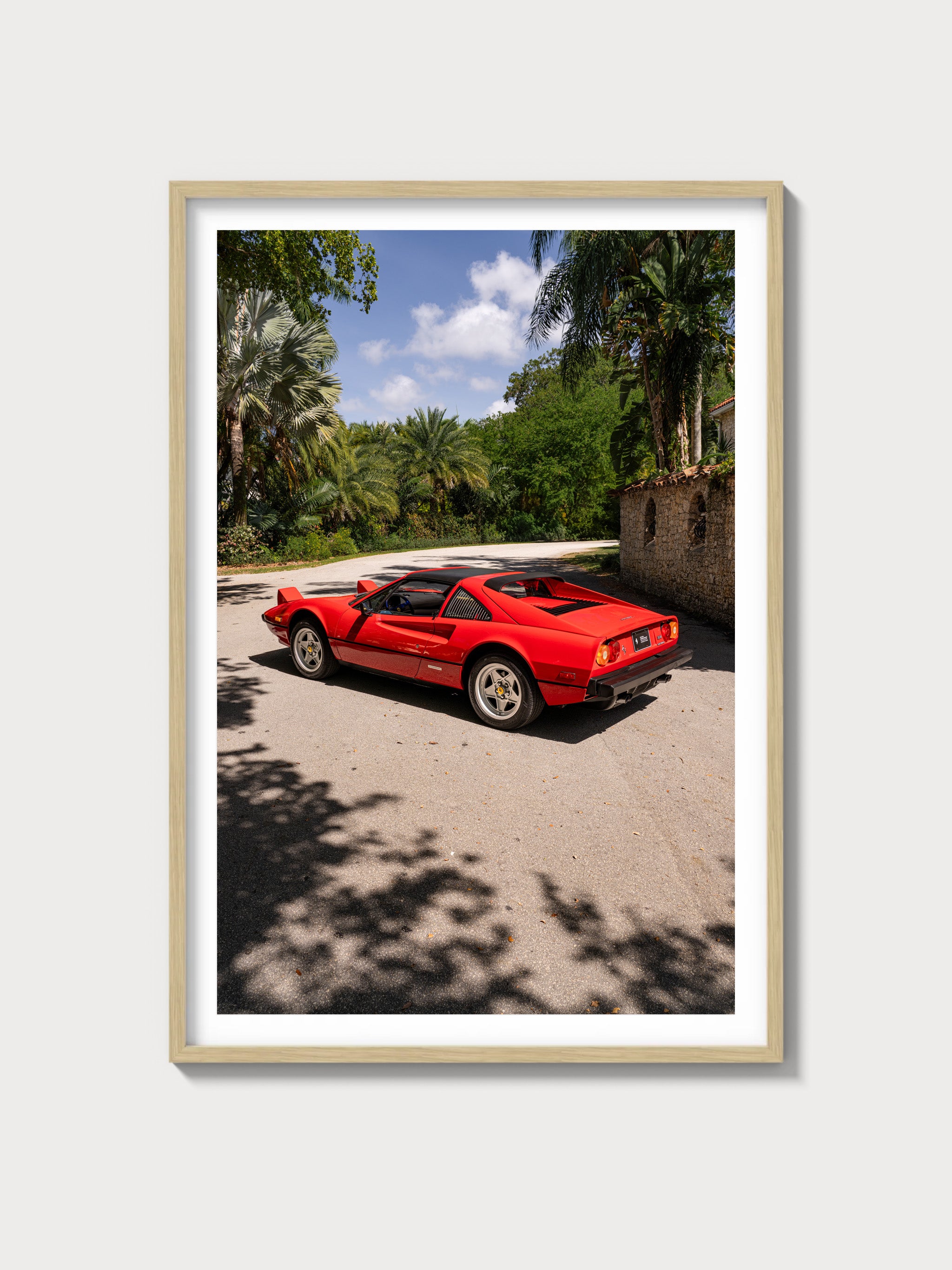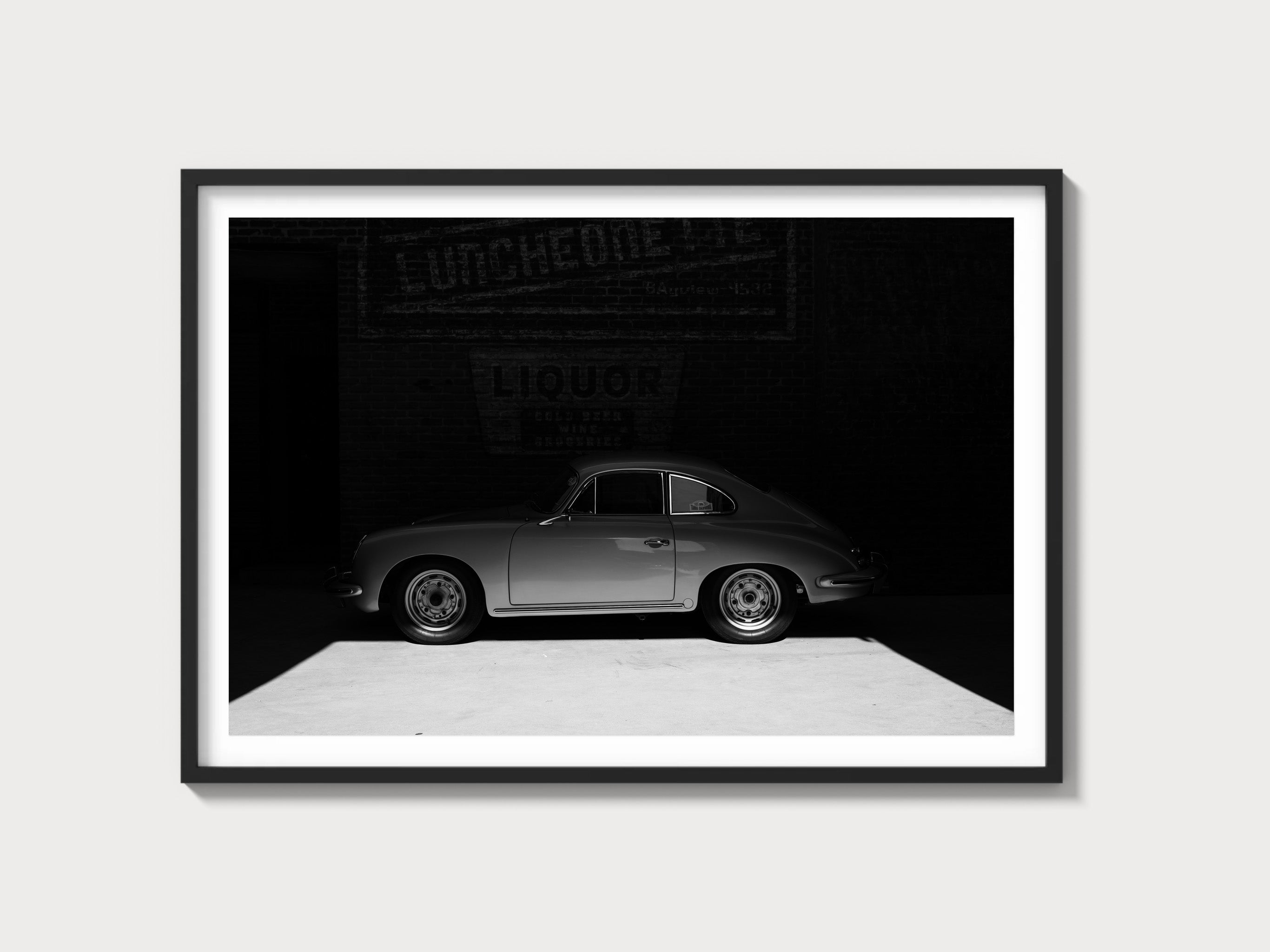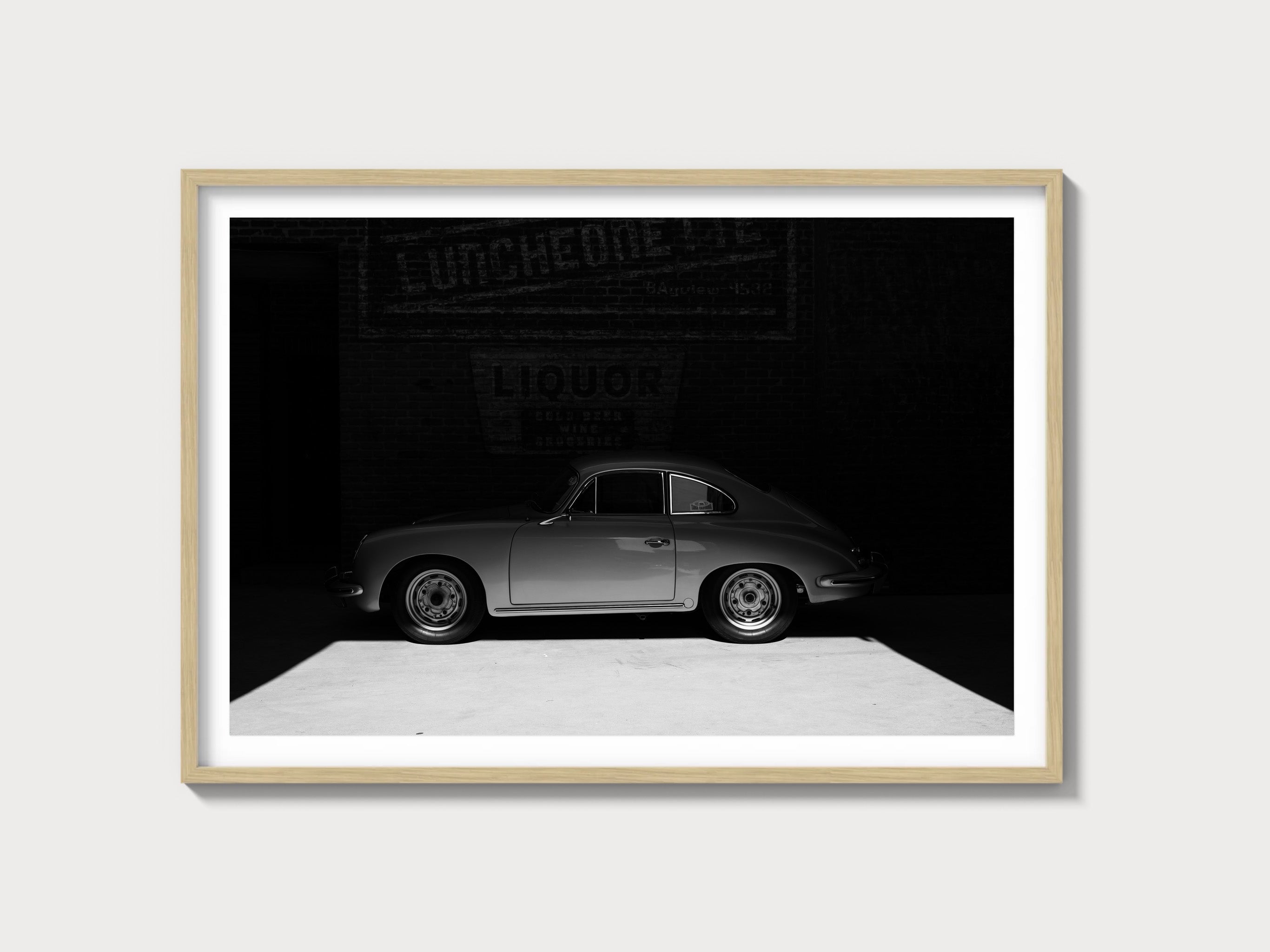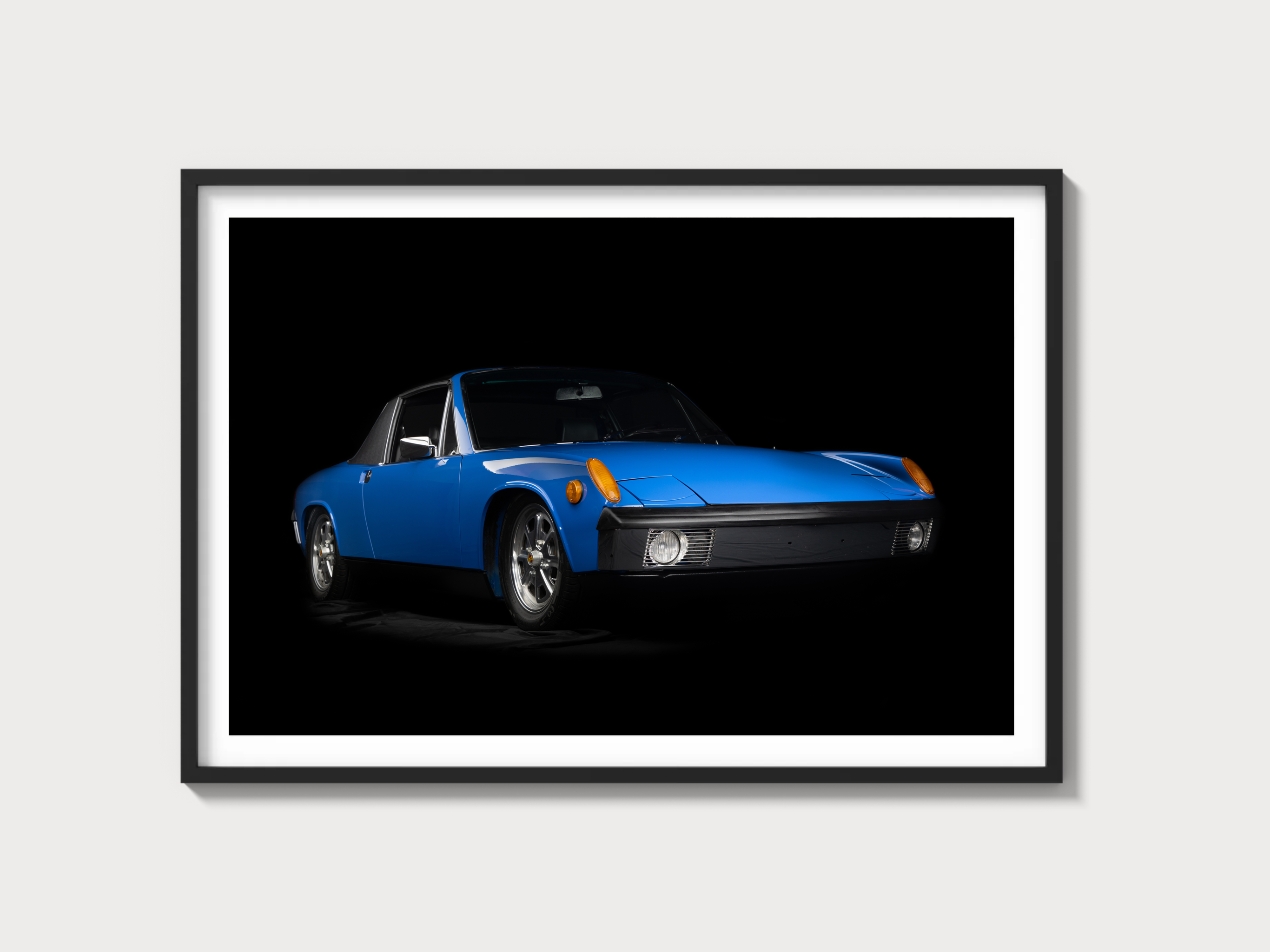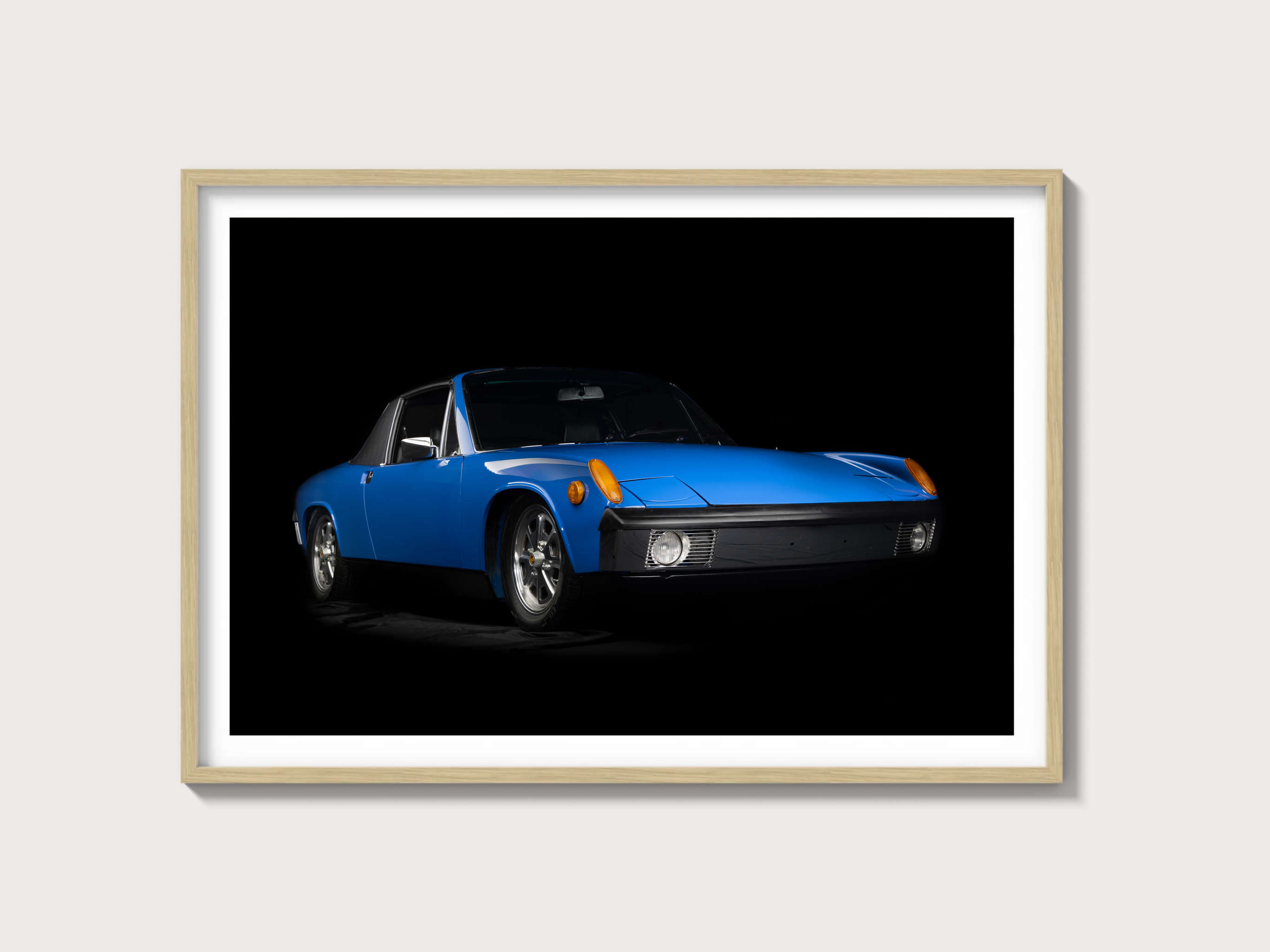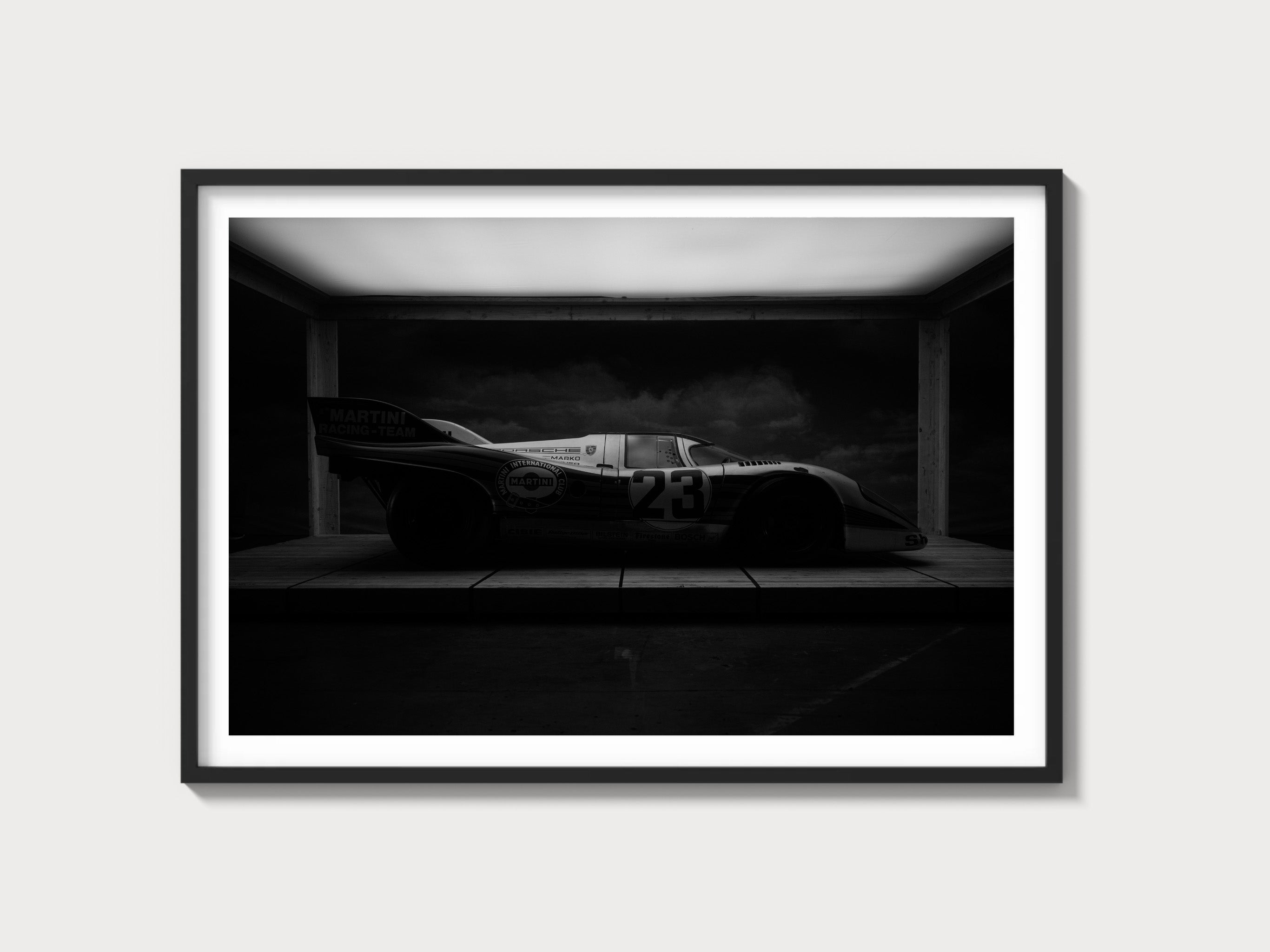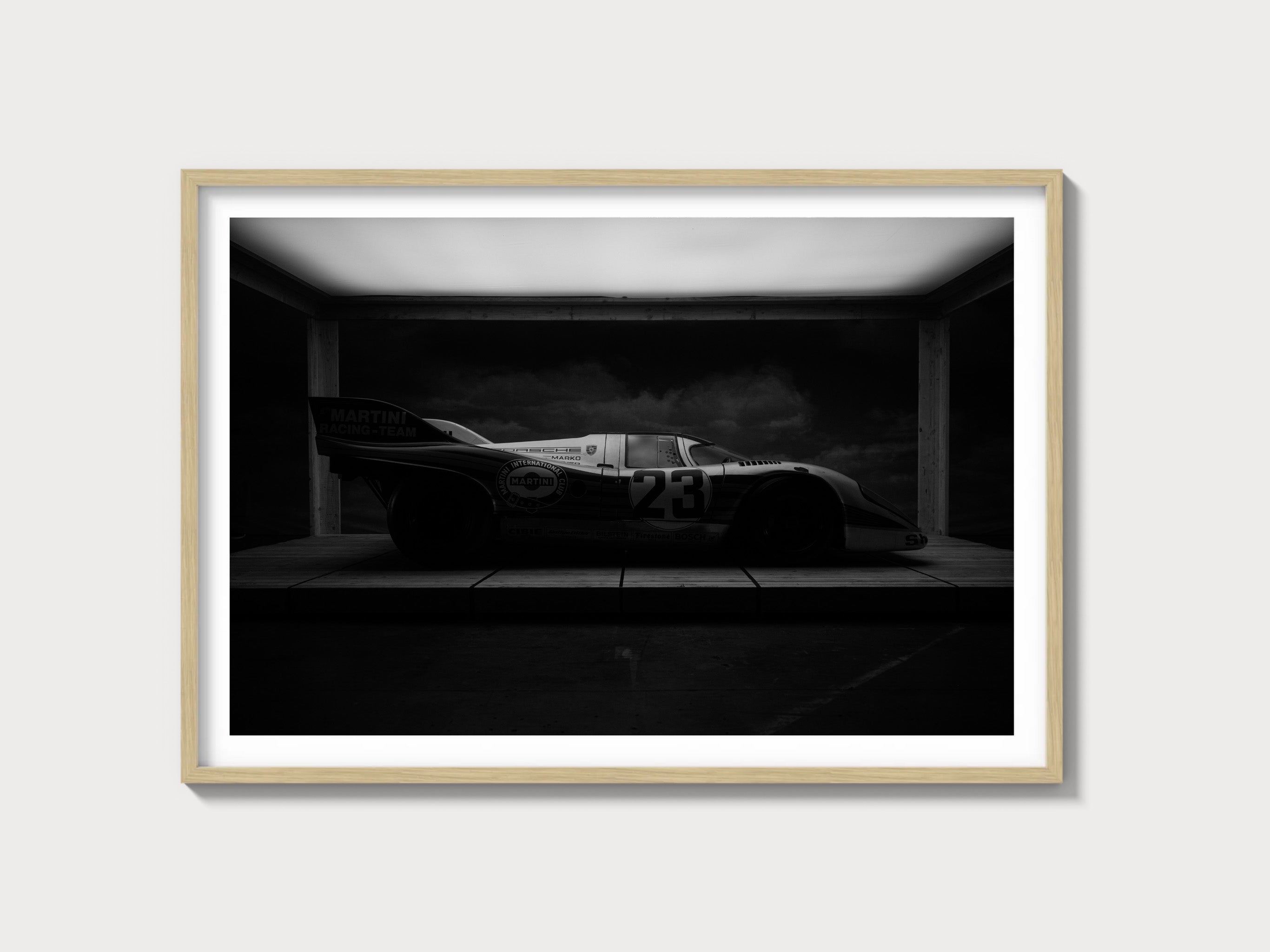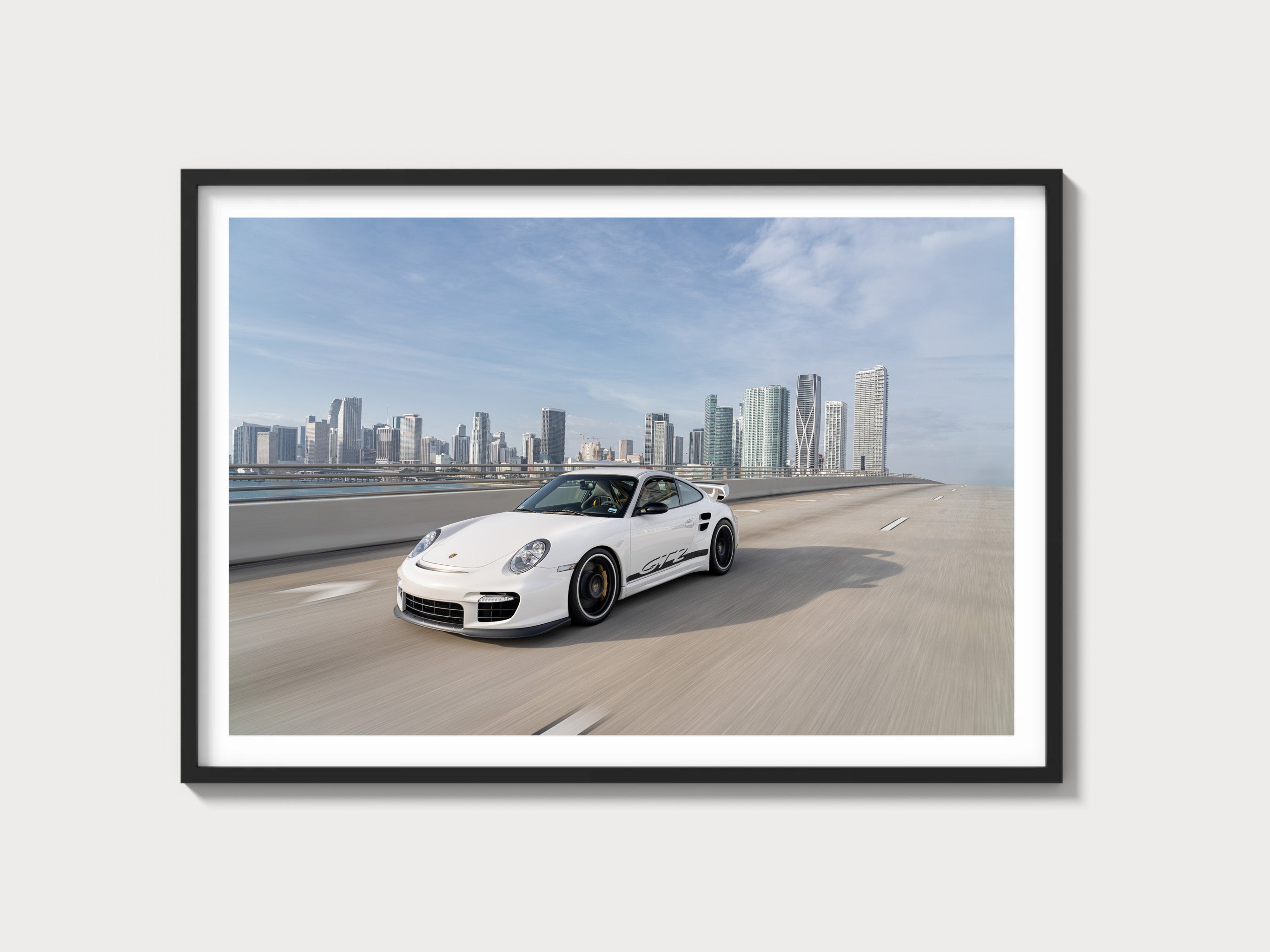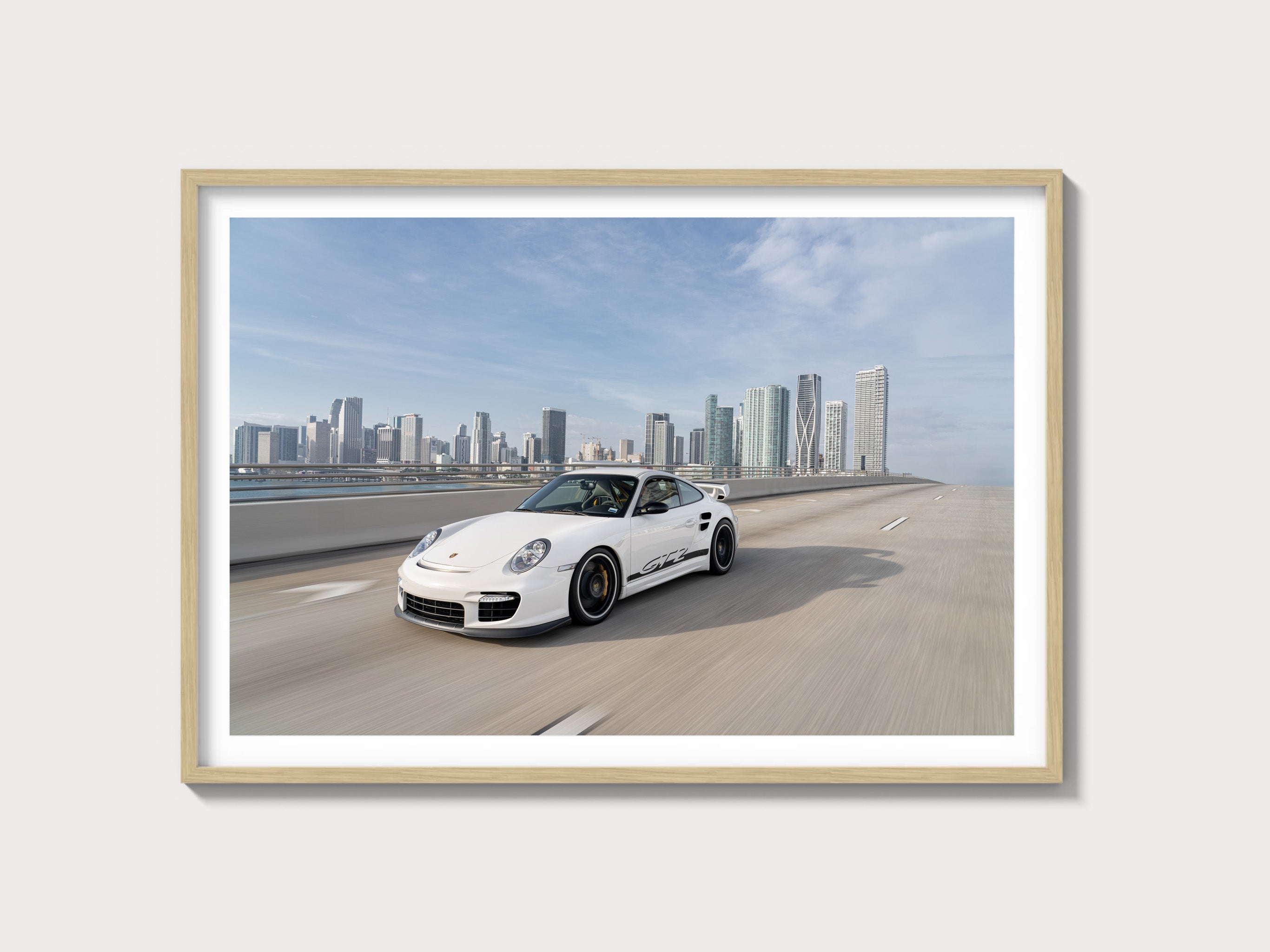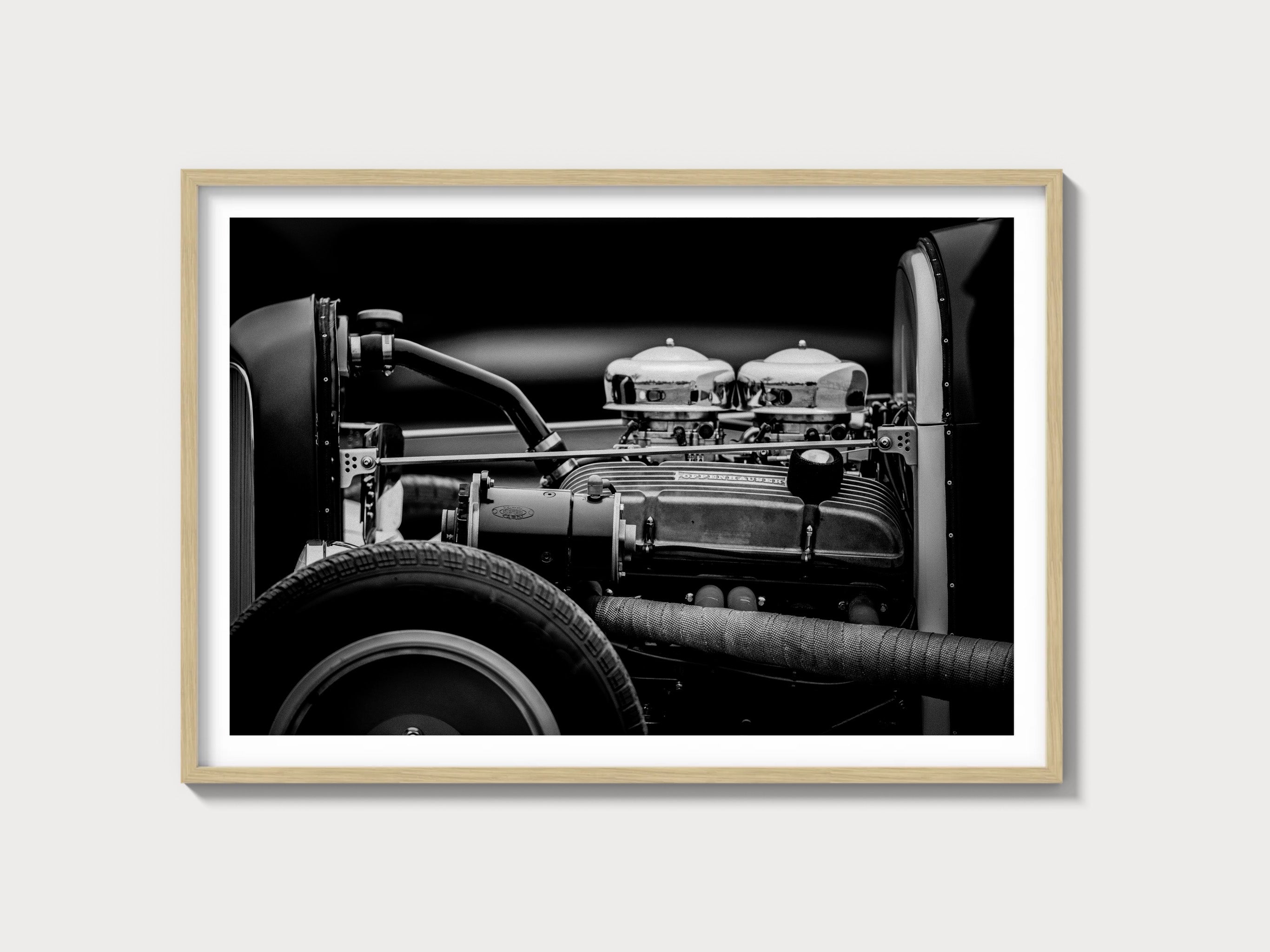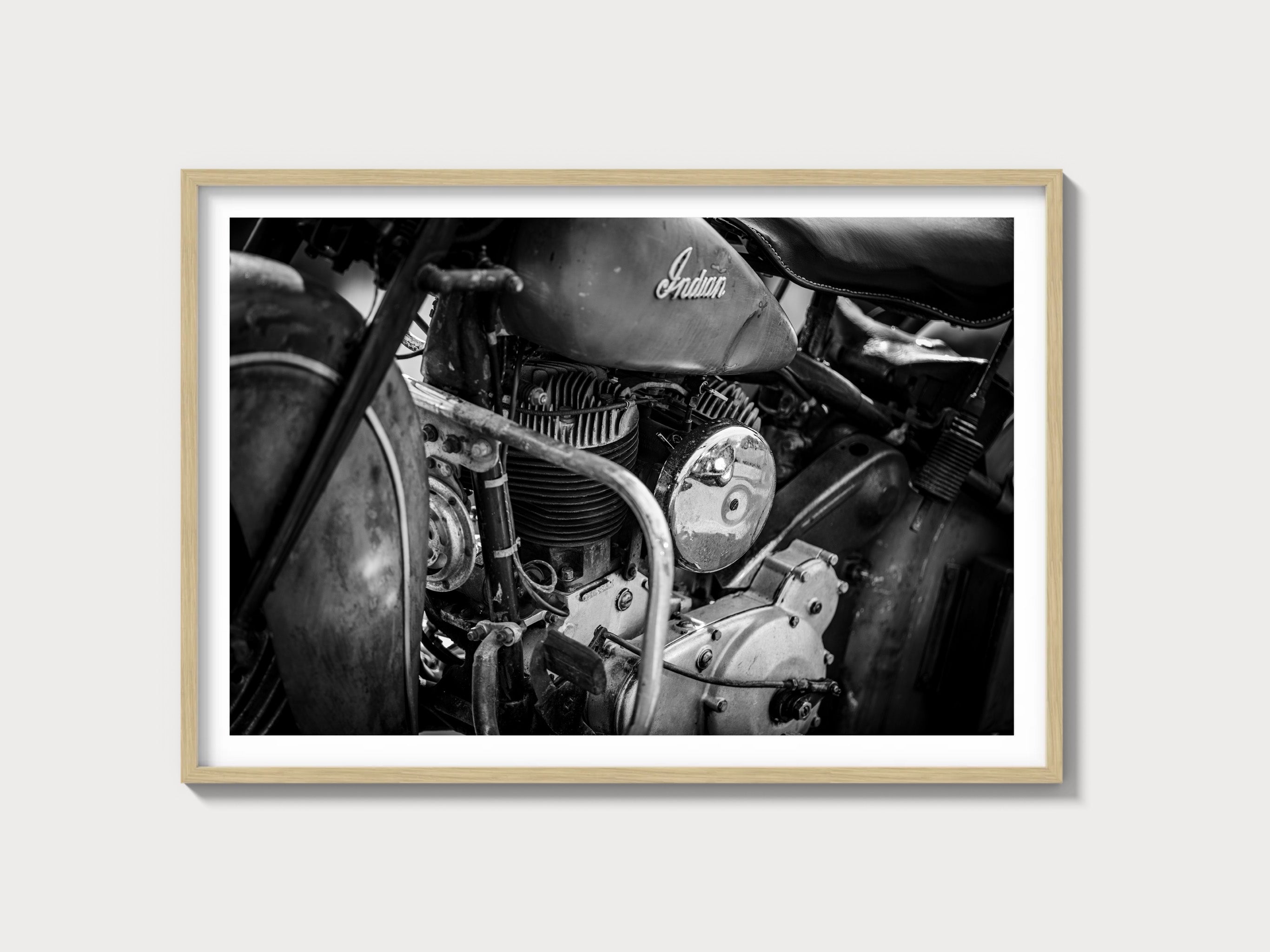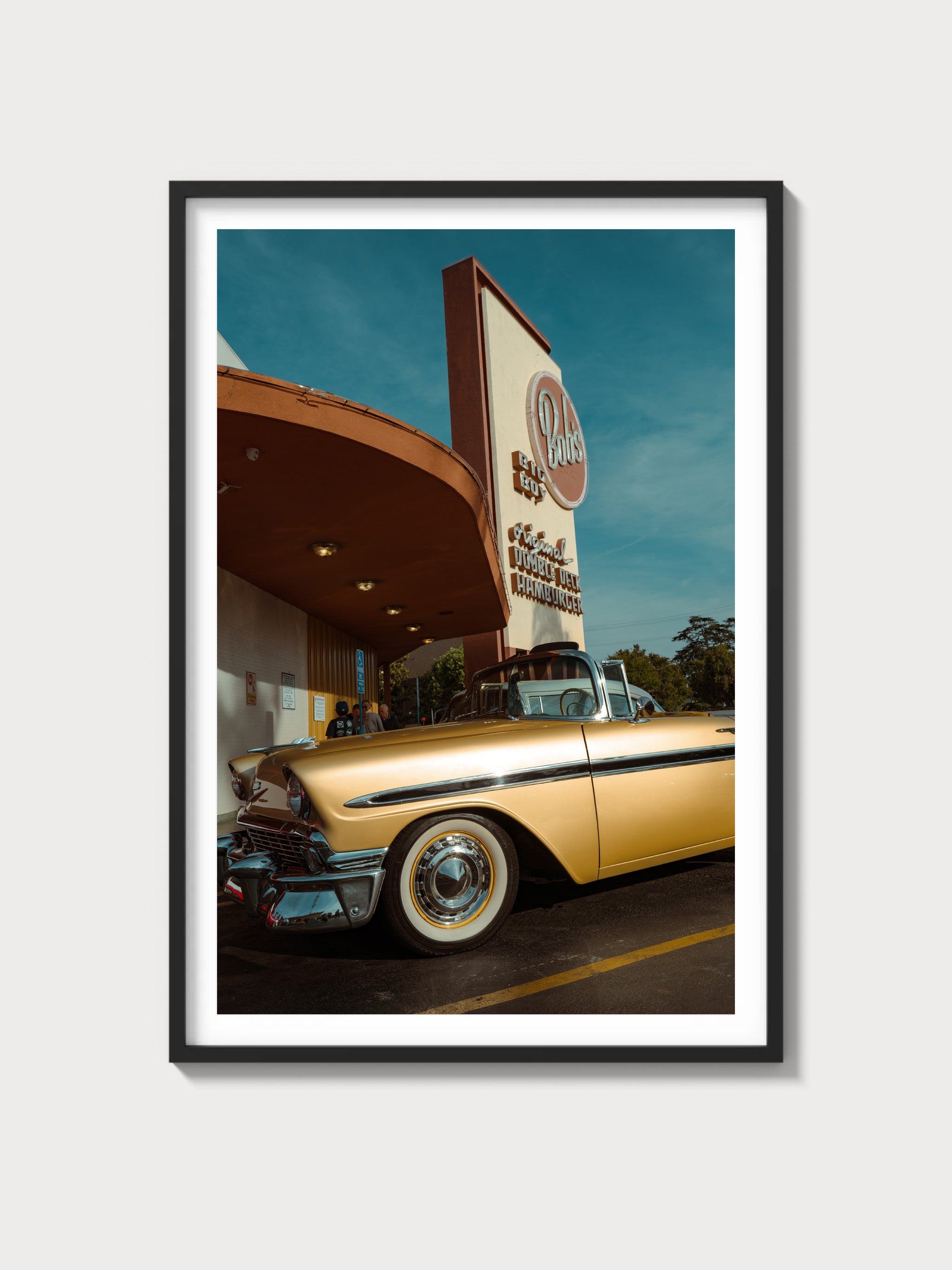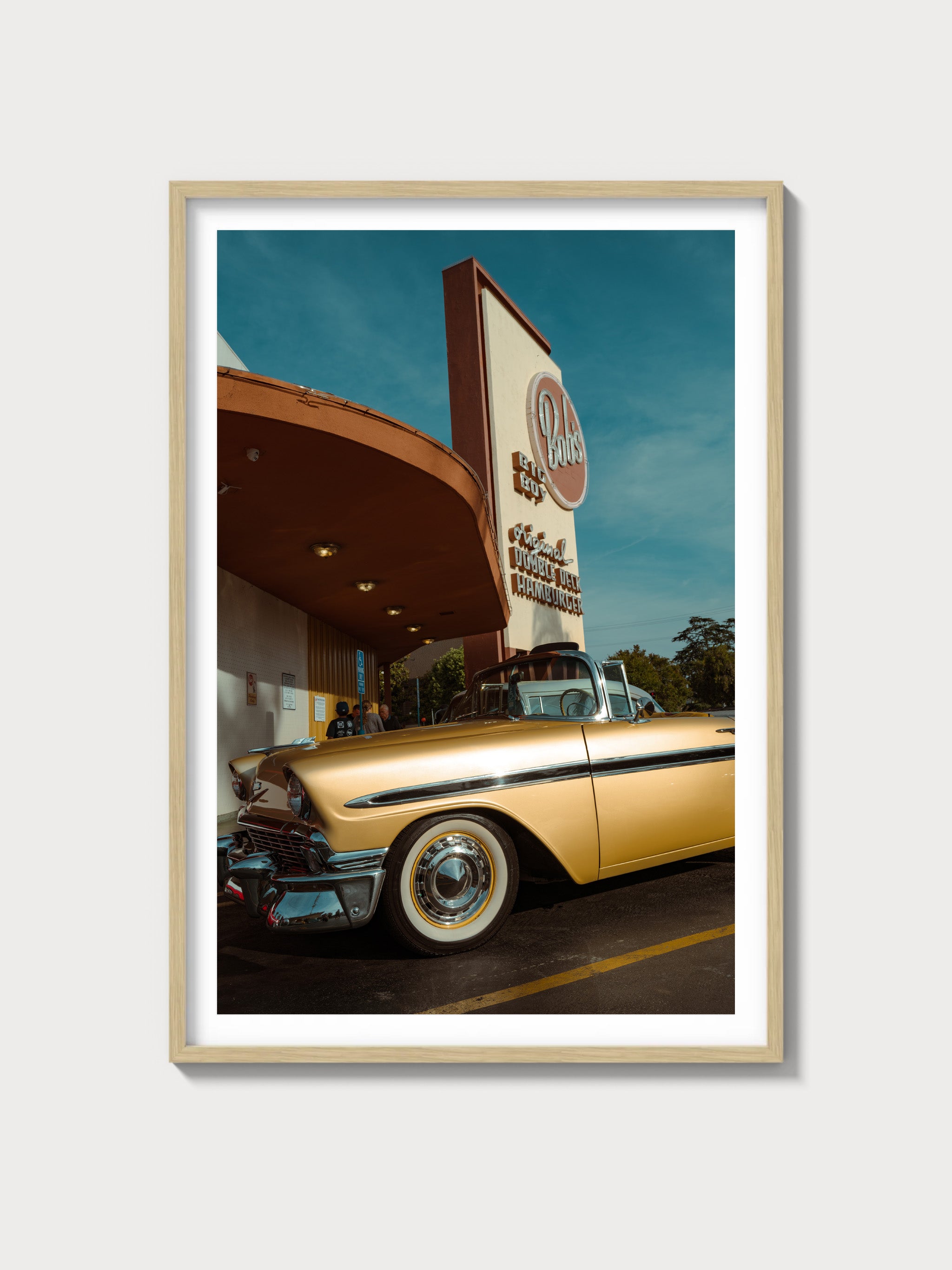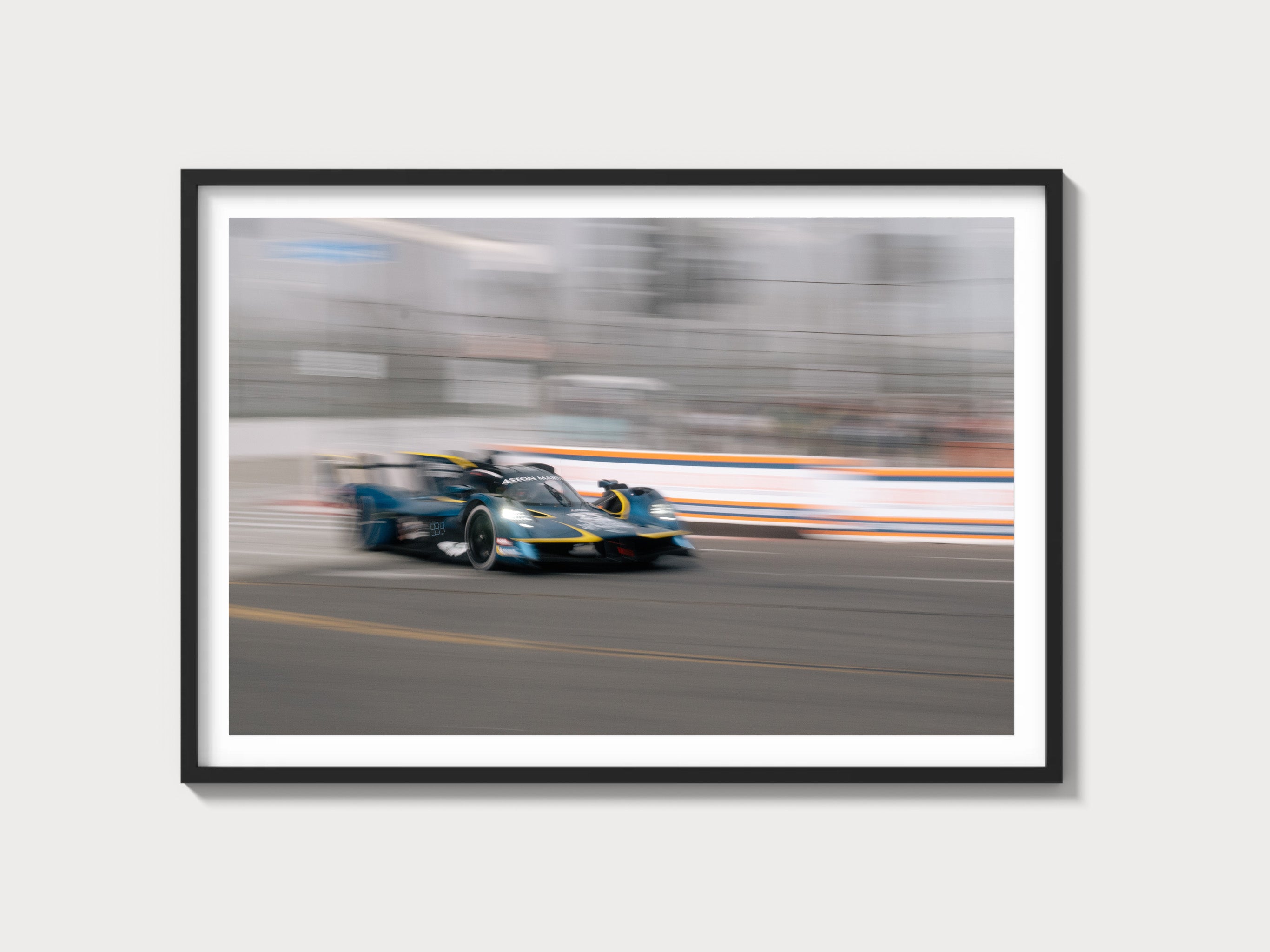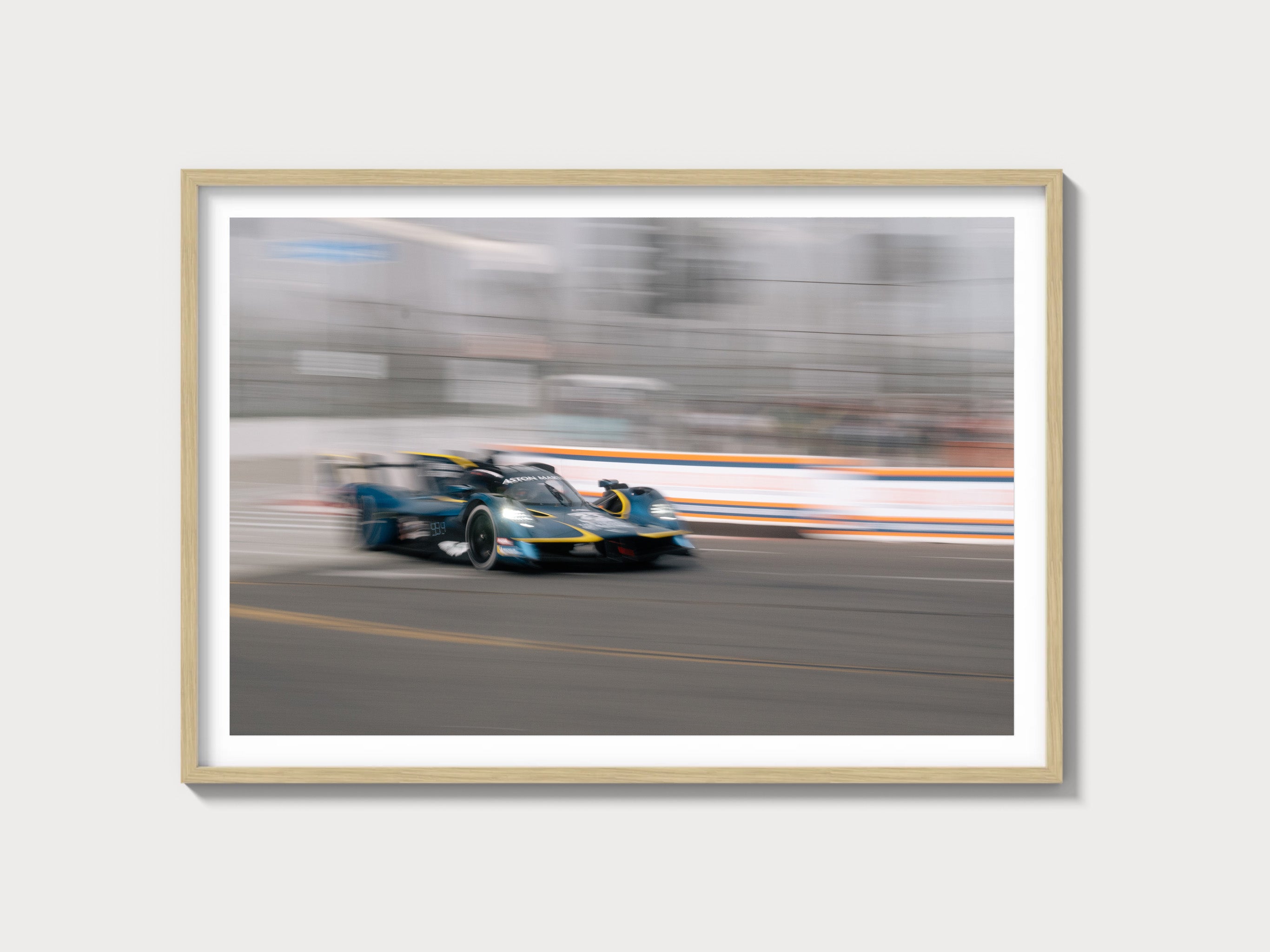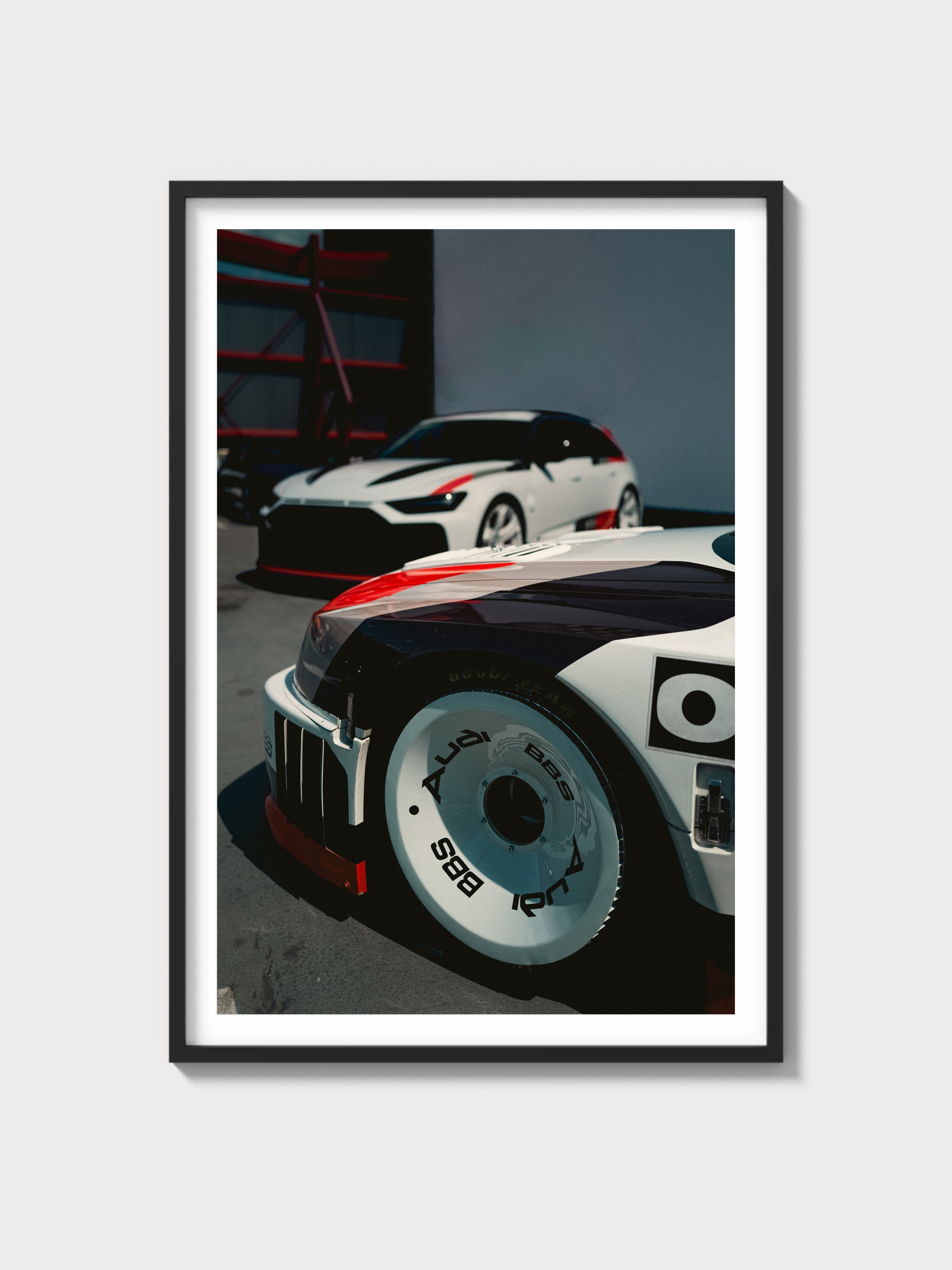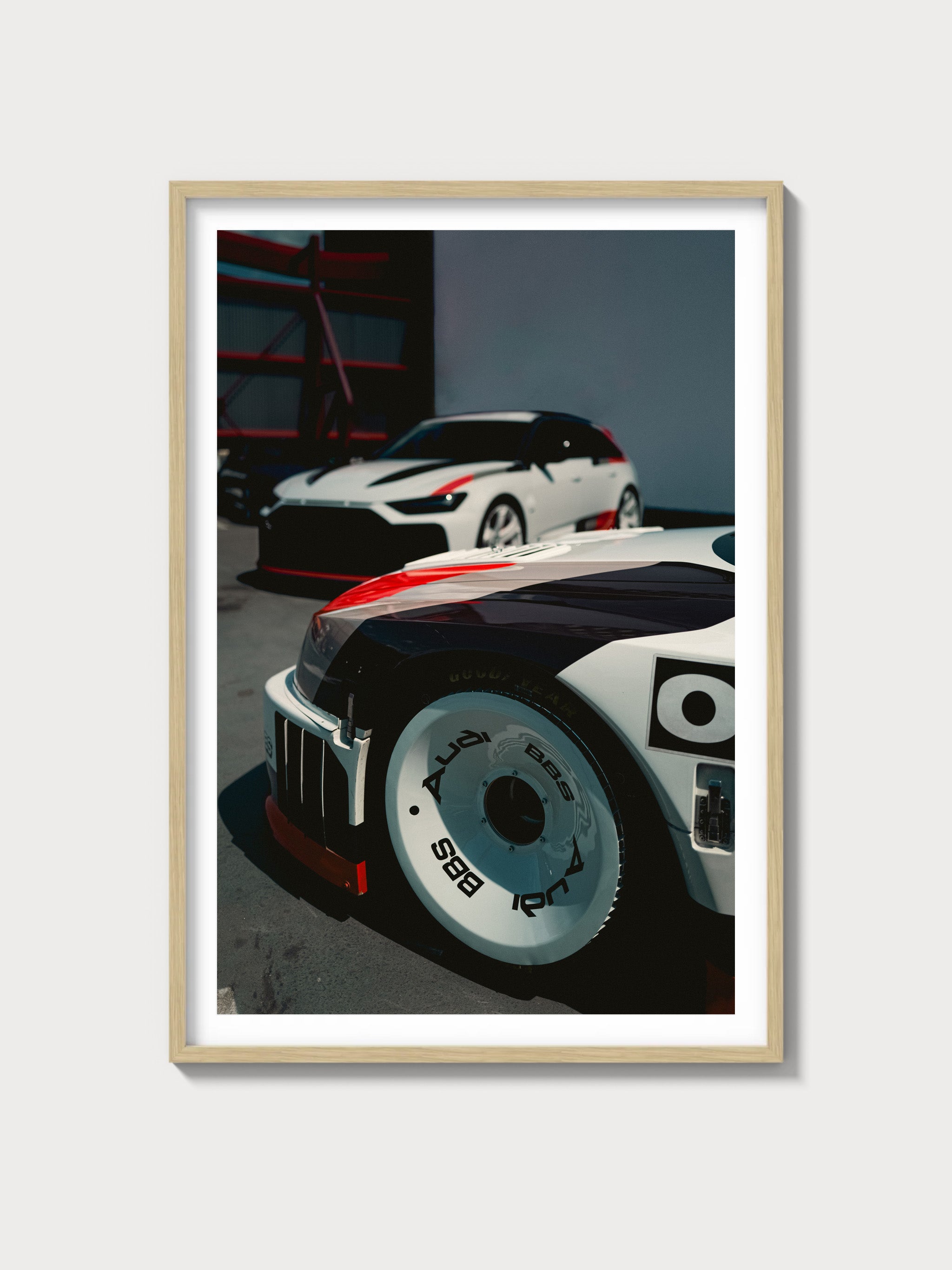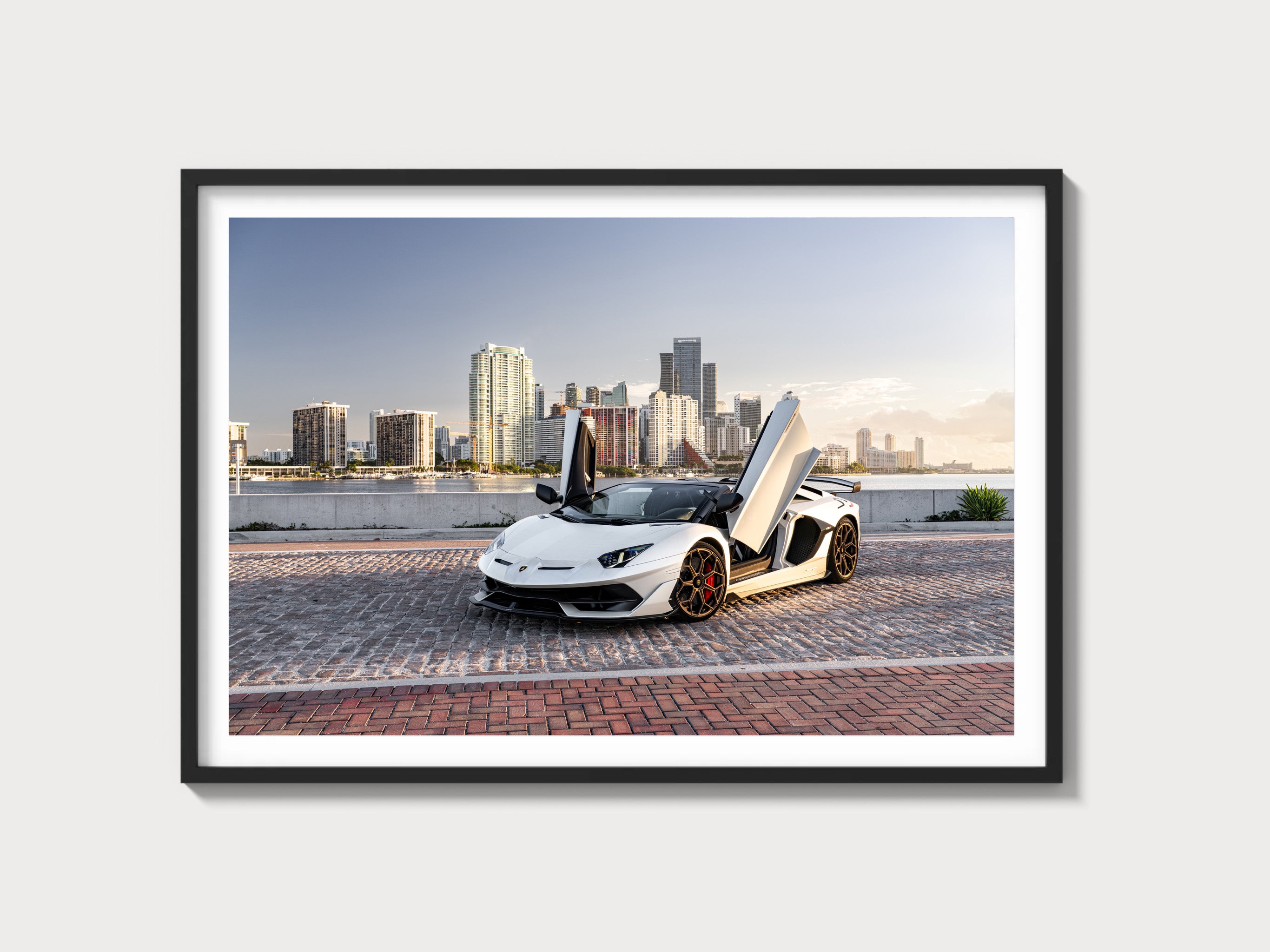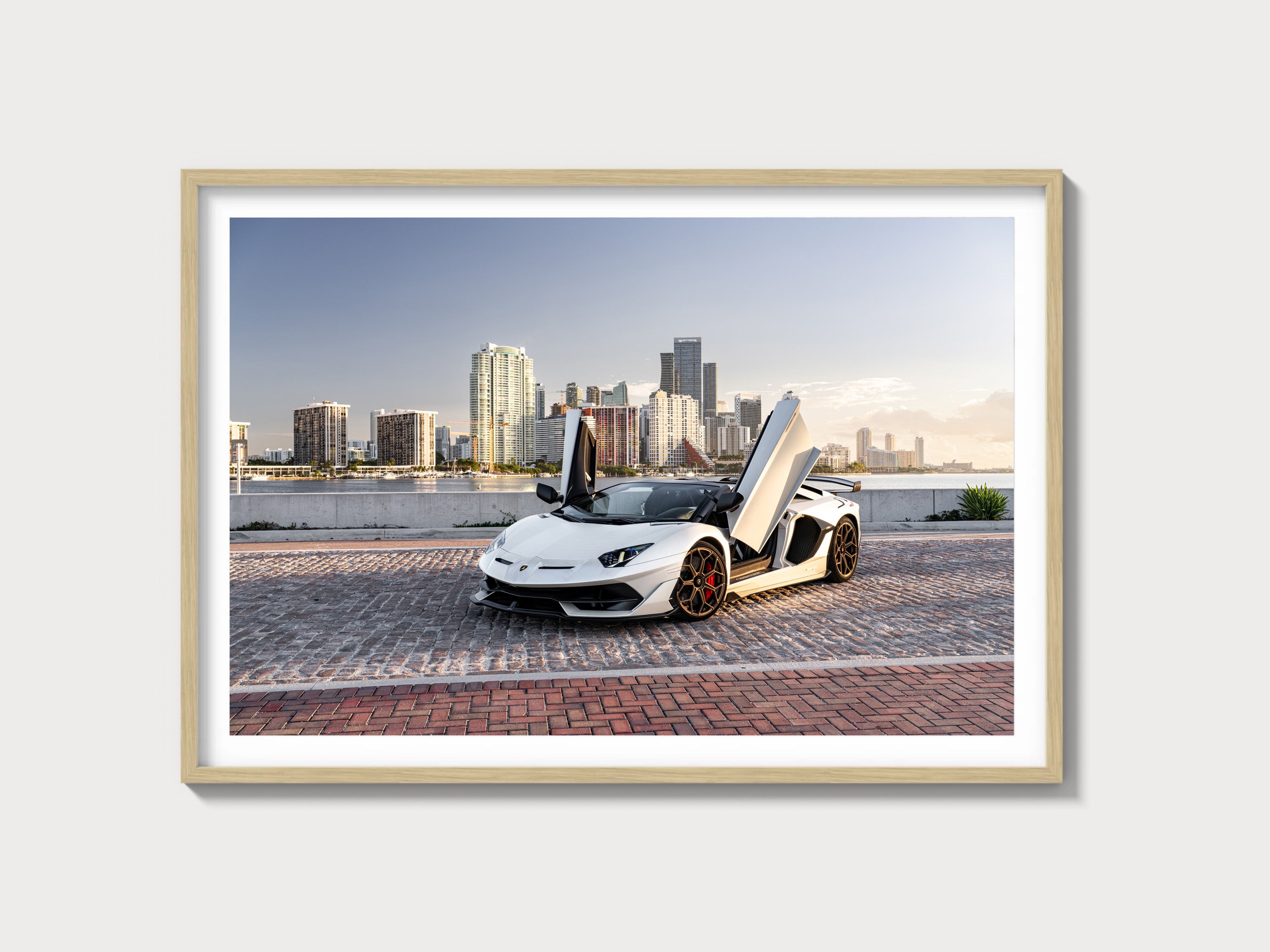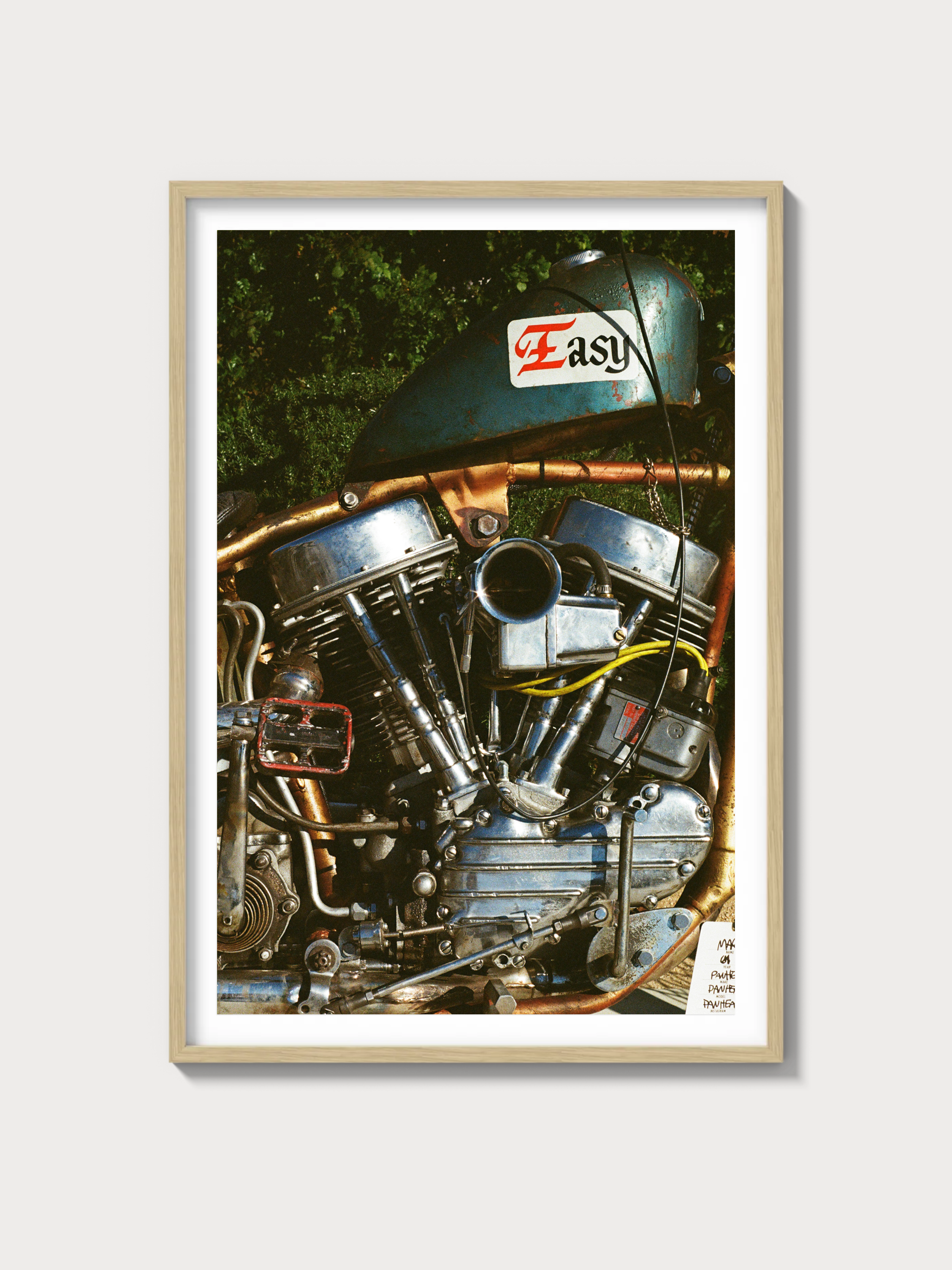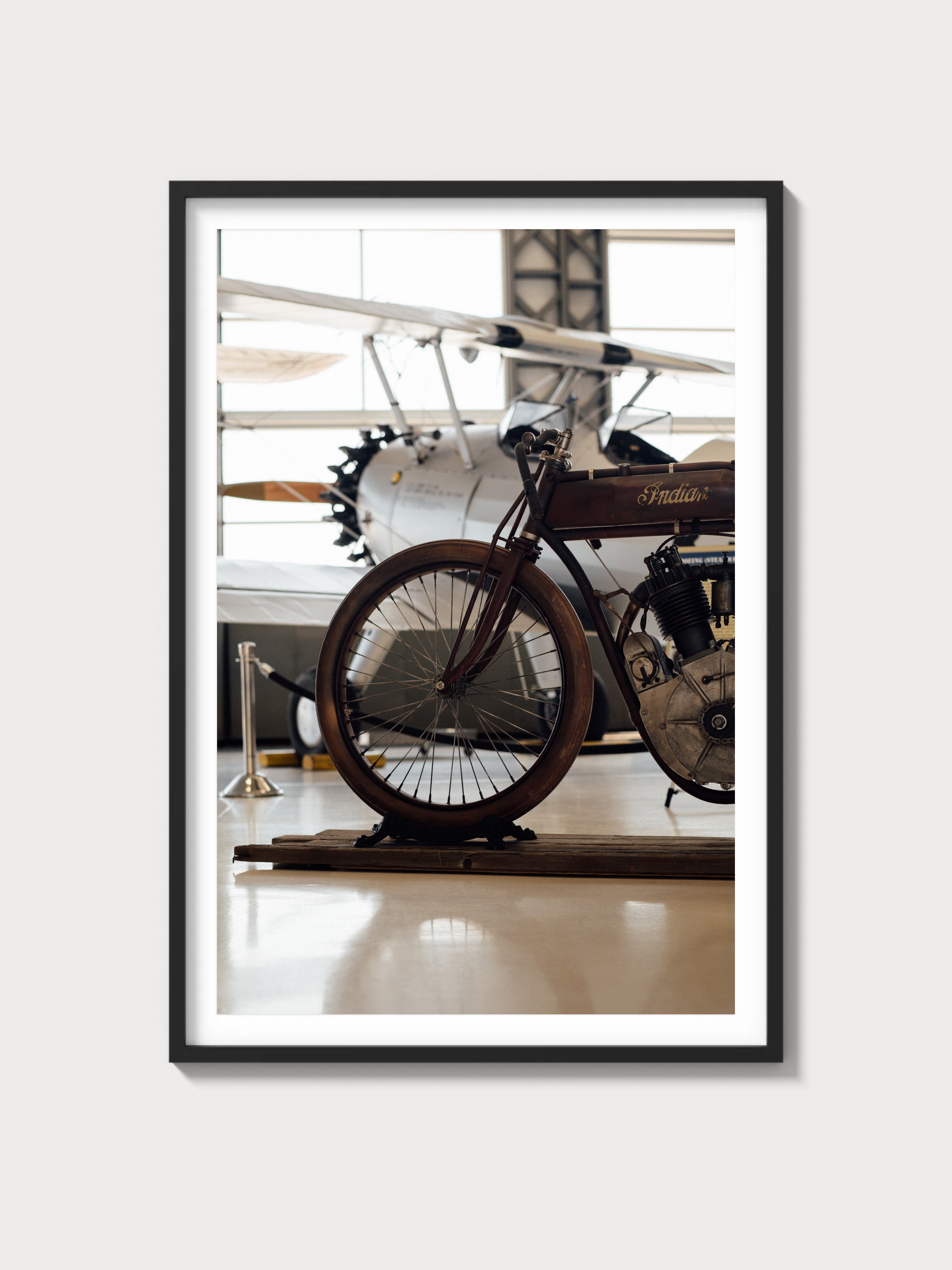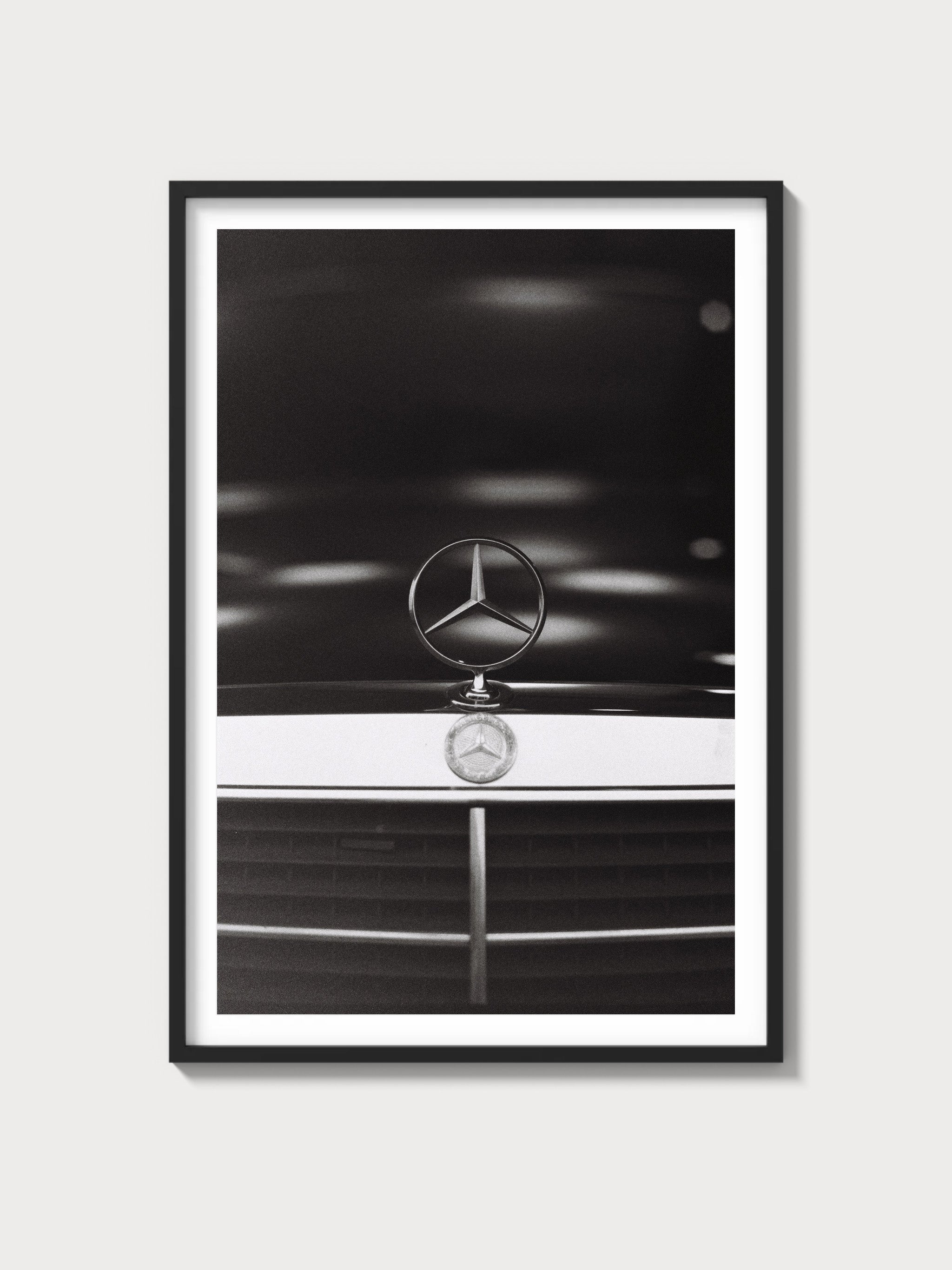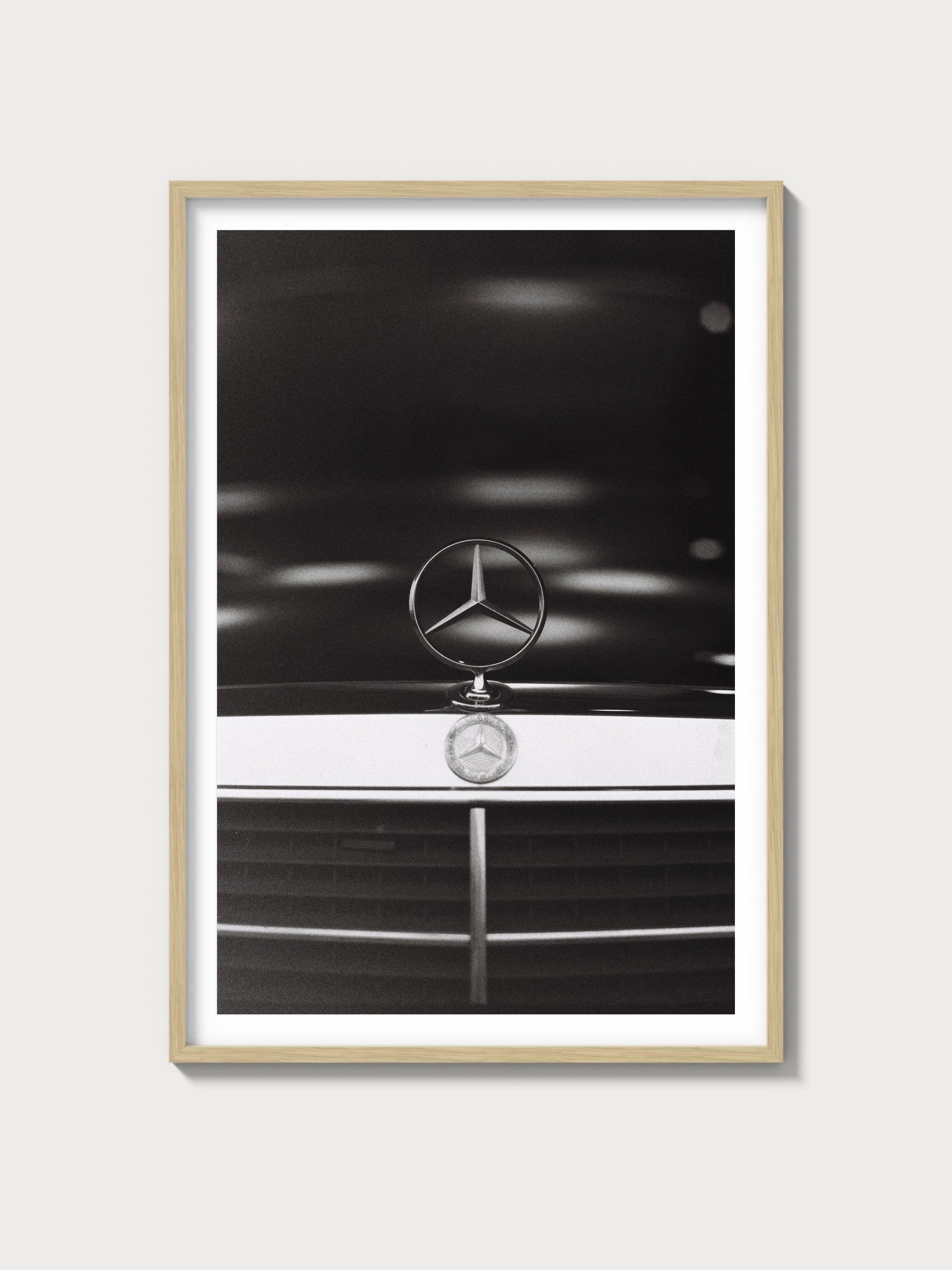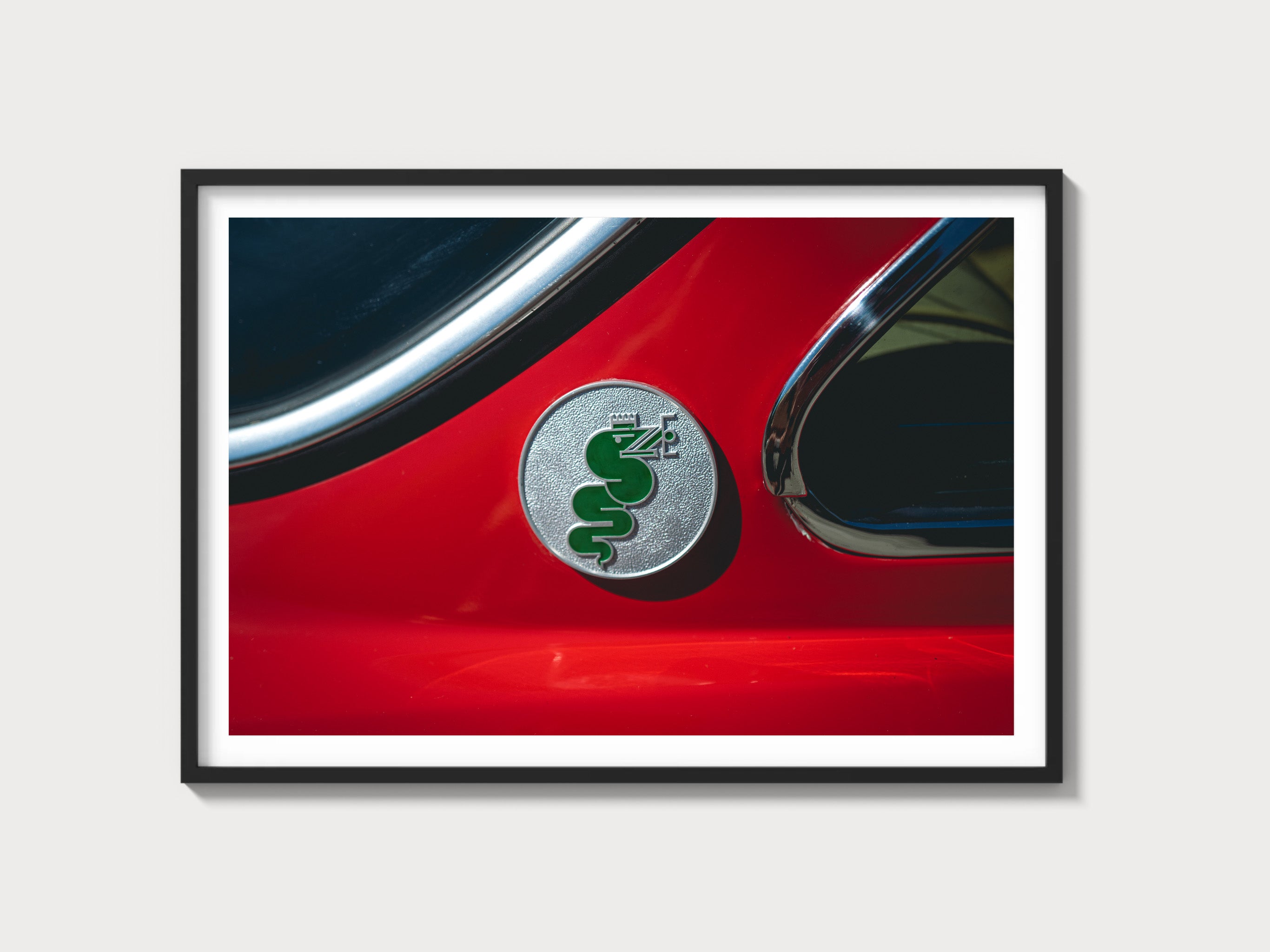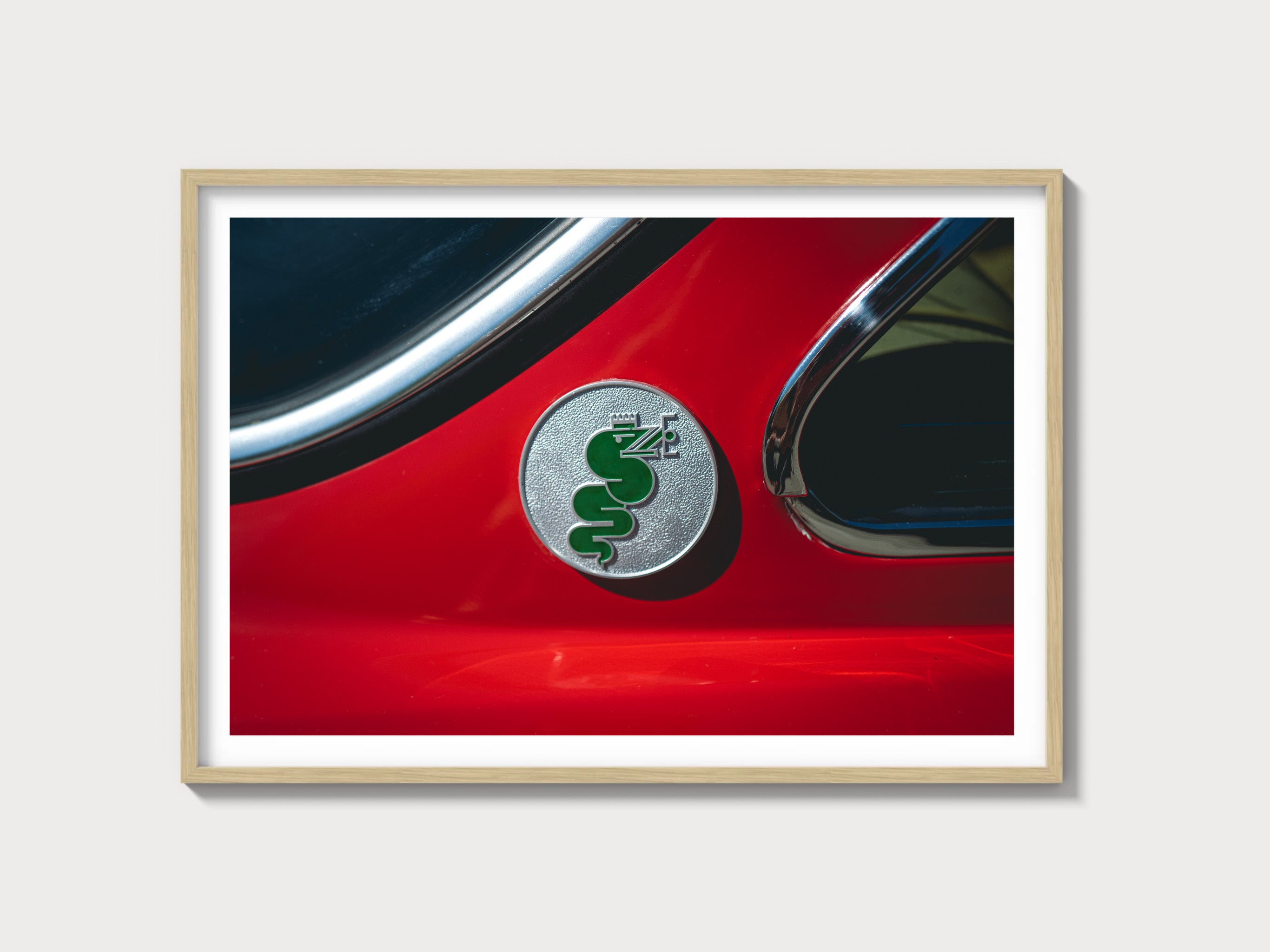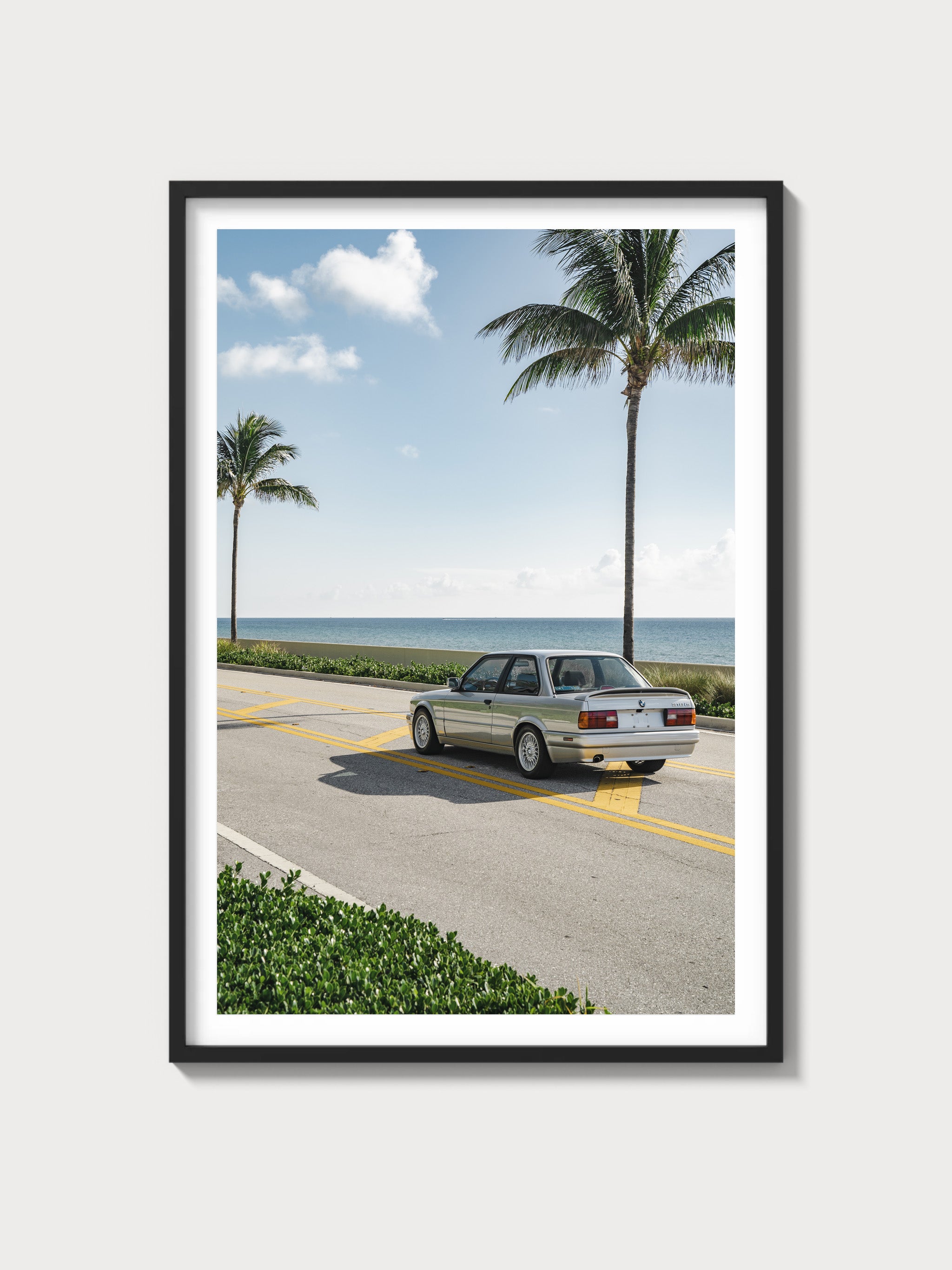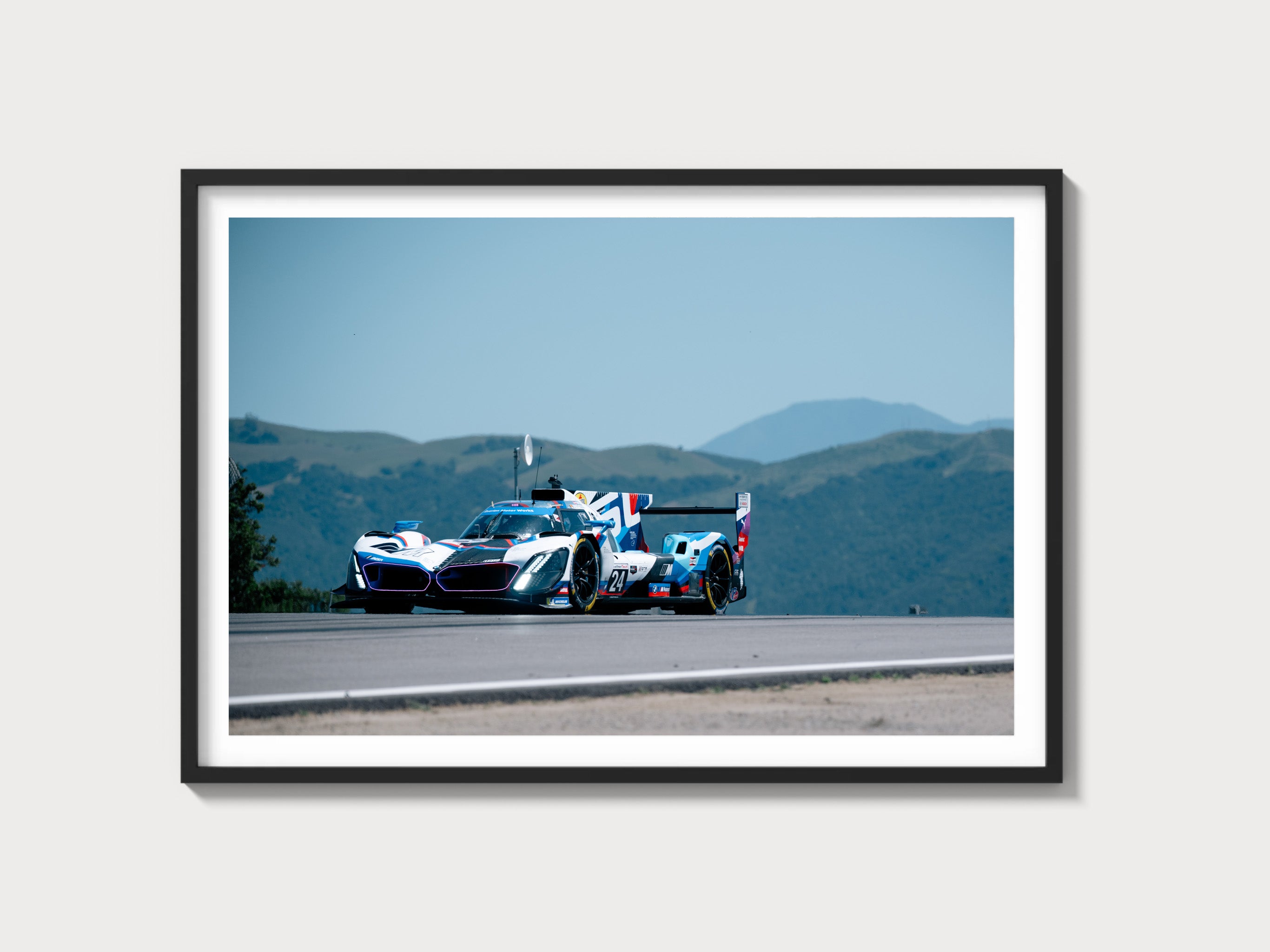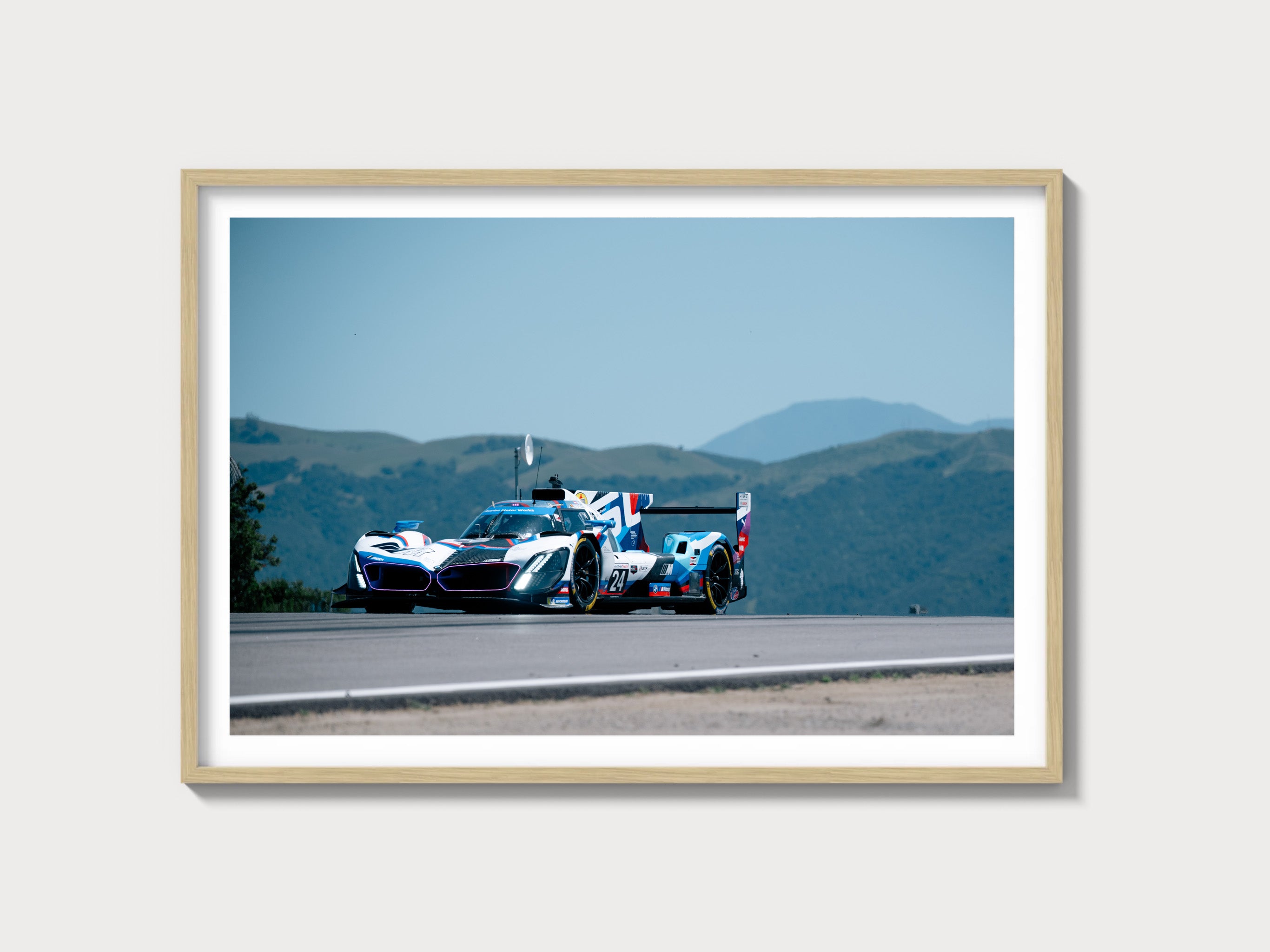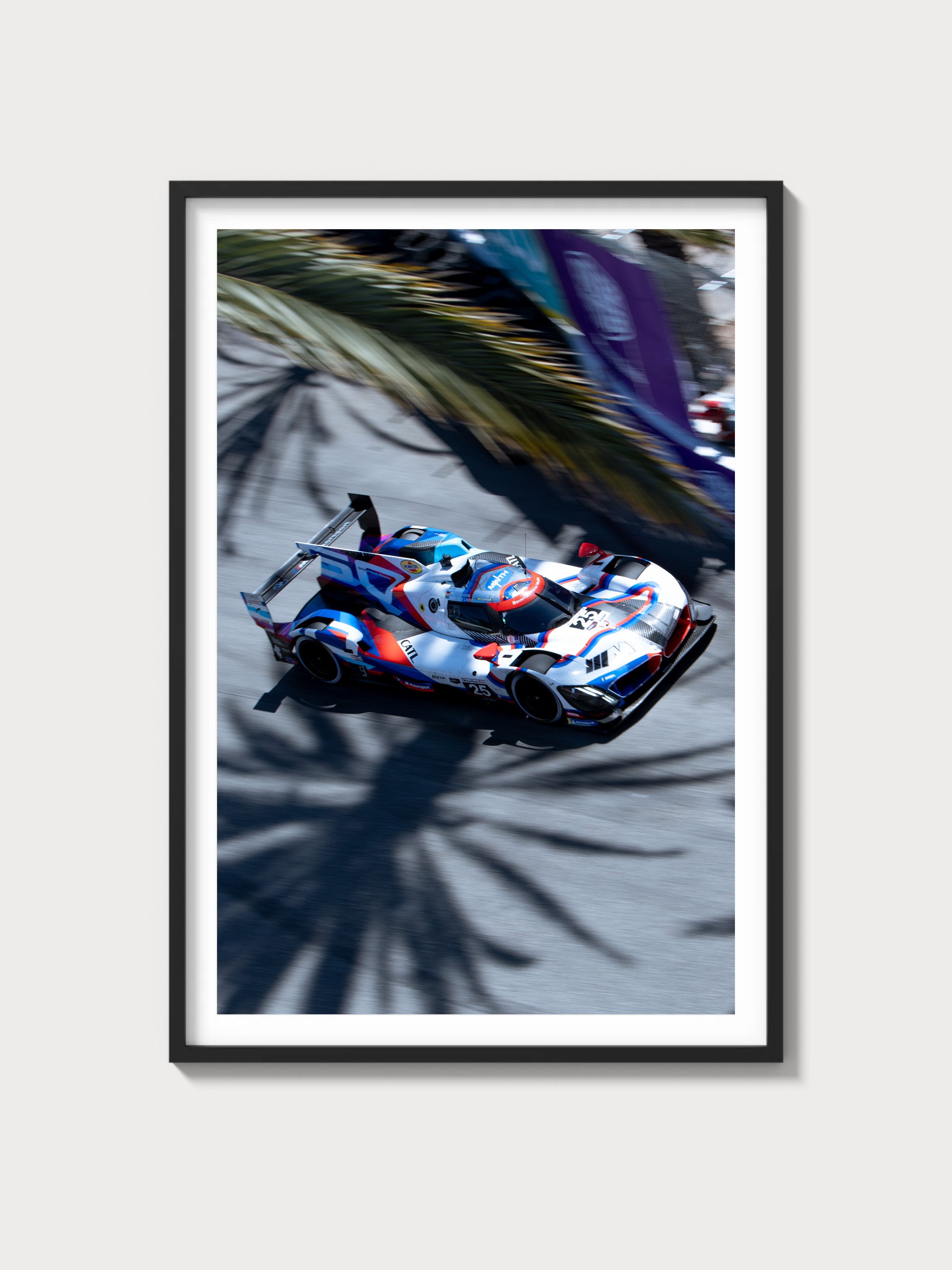Ferrari 365 GT4 2+2: The Definitive History, Specs, and Legacy
Introduction: Ferrari’s Elegant Four-Seat Evolution
In the storied lineage of Ferrari’s grand tourers, the 365 GT4 2+2, introduced in 1972, stands as a refined masterpiece—a four-seat coupe that blended luxurious comfort with the marque’s signature V12 performance. Powered by a 4.4-liter Colombo V12, this model saw 526 units crafted by Pininfarina, succeeding the 365 GT 2+2. With its angular design and advanced features, it marked a bold step in Ferrari’s four-seater evolution, offering a sophisticated GT for a discerning clientele.
The year 1972 was a pivotal moment for Ferrari, its racing triumphs—365 GTB/4 "Daytona", Dino 246 GT—complementing road car innovation. Unveiled at the 1972 Paris Motor Show, the 365 GT4 2+2 impressed with its sleek modernity. This exhaustive history, penned with a Ferrari historian’s precision, explores its technical advancements, its distinctive styling, its subtle racing ties, and its enduring legacy.
Historical Context: Ferrari’s Modern GT Shift
The Ferrari 365 GT4 2+2 emerged during a transformative era for Maranello. By 1972, Ferrari’s racing pedigree—365 GTC/4’s refinement, Daytona’s speed—had solidified its prestige, yet the demand for practical luxury grew. The 365 GT 2+2’s 801-unit run (1968-1971) set a high bar for four-seaters, but its softer styling and dated chassis needed a modern successor. The 365 GT4 2+2, with its sharper design and updated engineering, answered, targeting affluent buyers seeking a blend of performance and comfort.
A total of 526 units were built (1972-1976)—all Pininfarina coupes with a true 2+2 layout. Chassis 16255, the prototype, debuted at Paris in October 1972, its angular form signaling a new direction. This was a car for cosmopolitan families—European nobility, American executives—its production reflecting Ferrari’s adaptation to a shifting market amid Italy’s early-1970s economic challenges.
The broader context of 1972 shaped its purpose. Europe’s GT market thrived—Mercedes 450 SLC, Jaguar XJ—while America’s emissions and safety regulations tightened. The 365 GT4 2+2 bridged Ferrari’s racing heritage, rooted in the 500 Superfast, with a modern, luxurious road experience.
Technical Specifications: The Colombo V12’s Modern Tune
The Ferrari 365 GT4 2+2’s heart was its 4.4-liter Colombo V12—a robust engine refined for grand touring. Below, we dissect its engineering with historian’s detail.
Engine: Colombo’s 4.4-Liter Refinement
Displacing 4,390 cc (bore 81 mm, stroke 71 mm), the 365 GT4’s V12 matched the Daytona and GTC/4’s specs but featured updates for smoother delivery and emissions compliance. With a single overhead camshaft per bank, an 8.8:1 compression ratio, and six Weber 38 DCOE carburetors, it produced 340 horsepower at 7,000 rpm—identical to the GTC/4. The aluminum block and heads, wet-sump lubrication, and 60-degree V-angle weighed 315 lbs, delivering 310 lb-ft of torque at 5,000 rpm.
This engine was a touring workhorse. Chassis 16987, a 1973 model, showcased its refined power, balancing performance with luxury.
Performance: Graceful Speed
The 365 GT4 2+2 reached 155 mph (250 km/h)—verified by Road & Track’s 1973 test—trailing the GTC/4’s 162 mph due to its heavier build, with a 0-60 mph time of ~6.5 seconds. Its power-to-weight ratio (224 hp/ton) was slightly below the GTC/4 (234 hp/ton) but excelled among four-seaters.
Chassis and Suspension: Advanced Comfort
The chassis was a tubular steel ladder frame, weighing 1,520 kg (3,351 lbs)—70 kg heavier than the GTC/4 due to its larger body and luxury features. Its 2,700 mm wheelbase (190 mm longer than the GTC/4) offered true rear seating, with independent front suspension (double wishbones, coil springs) and a self-leveling rear suspension (double wishbones, hydraulic shocks), enhancing ride quality.
Transmission and Brakes: Smooth Mechanics
A 5-speed manual gearbox—synchronized, front-mounted—drove the rear wheels, its ratios (1st: 2.58, 5th: 0.94) favoring cruising. Braking relied on 14-inch ventilated disc brakes, delivering 0.9g deceleration—robust for its weight.
| Specification | Details |
|---|---|
| Engine | 4.4L V12, 340 hp @ 7,000 rpm |
| Displacement | 4,390 cc (81 mm x 71 mm) |
| Top Speed | ~155 mph (250 km/h) |
| 0-60 mph | ~6.5 seconds |
| Weight | 1,520 kg (3,351 lbs) |
| Transmission | 5-speed manual |
| Suspension (Front) | Double wishbone, coil springs |
| Suspension (Rear) | Independent, self-leveling hydraulic |
| Brakes | Ventilated discs, 14-inch |
Design and Styling: Pininfarina’s Angular Art
The Ferrari 365 GT4 2+2’s aesthetic was a bold departure, crafted by Pininfarina.
Exterior: Modern Sophistication
Pininfarina built all 526 units—chassis 16255 featured a sharp grille, angular lines, and a sleek roofline, finished in Nero Daytona. Its 2,700 mm wheelbase and steel body (with aluminum hoods early on) offered a contemporary silhouette, distinct from the Daytona’s curves.
Interior: Luxurious Haven
The cabin was a refined retreat: leather seats for four (tan or black), a wood-rimmed steering wheel, and Veglia gauges—tachometer (7,500 rpm redline), speedometer, oil pressure. Chassis 16987’s walnut trim, air conditioning, and power steering elevated it beyond the 365 GT 2+2, offering true luxury.
Production and Variants: A Modern GT Run
The Ferrari 365 GT4 2+2’s 526-unit run (1972-1976) was a production success—all Pininfarina coupes, with no major variants beyond trim and market-specific options (e.g., US bumpers). Chassis 16255 launched the series, while 18873 closed it, transitioning to the 400. Its focus remained road luxury—no racing versions emerged.
Performance and Racing Legacy: A Tourer’s Quiet Strength
The Ferrari 365 GT4 2+2 racing history is negligible, its grand touring ethos dominant. Chassis 16543, tuned to 350 hp, ran the 1973 Coppa Inter-Europa, placing mid-field among privateers. Its true domain was the highway—Autostrada, Pacific Coast—where its 155 mph top speed and composed handling shone.
Ownership and Market Value: A Refined Classic
The Ferrari 365 GT4 2+2 value reflects its rarity and elegance. Early owners included Italian industrialists and U.S. collectors. Today, prices range $150,000-$250,000—chassis 16255 sold for $225,000 at Bonhams 2023. Restoration costs—V12 rebuilds at $150,000—highlight its appeal.
Cultural Impact: Ferrari’s Modern GT Milestone
The 365 GT4 2+2 advanced Ferrari’s four-seater lineage, its V12 and angular design influencing the 400 and 412. In 1970s lore, it’s the car of stylish family tours, a bridge to Maranello’s modern GT era.
Comparisons: Ferrari 365 GT4 2+2 vs Rivals
The Ferrari 365 GT4 2+2 vs Mercedes-Benz 450 SLC pits 340 hp V12 against 225 hp V8—Ferrari led in prestige, Mercedes in practicality. The Jaguar XJ12 (295 hp) trailed in power but matched in luxury.
| Model | Engine | Power | Weight | Top Speed |
|---|---|---|---|---|
| Ferrari 365 GT4 2+2 | 4.4L V12 | 340 hp | 1,520 kg | ~155 mph |
| Mercedes 450 SLC | 4.5L V8 | 225 hp | 1,650 kg | ~134 mph |
| Jaguar XJ12 | 5.3L V12 | 295 hp | 1,820 kg | ~147 mph |
Frequently Asked Questions
What was the Ferrari 365 GT4 2+2?
A 1972 4.4L V12 grand tourer.
How many were made?
526 units.
What engine powered it?
4,390 cc Colombo V12, 340 hp.
Did it race?
Rarely—built for touring.
What’s its value?
$150,000-$250,000.

